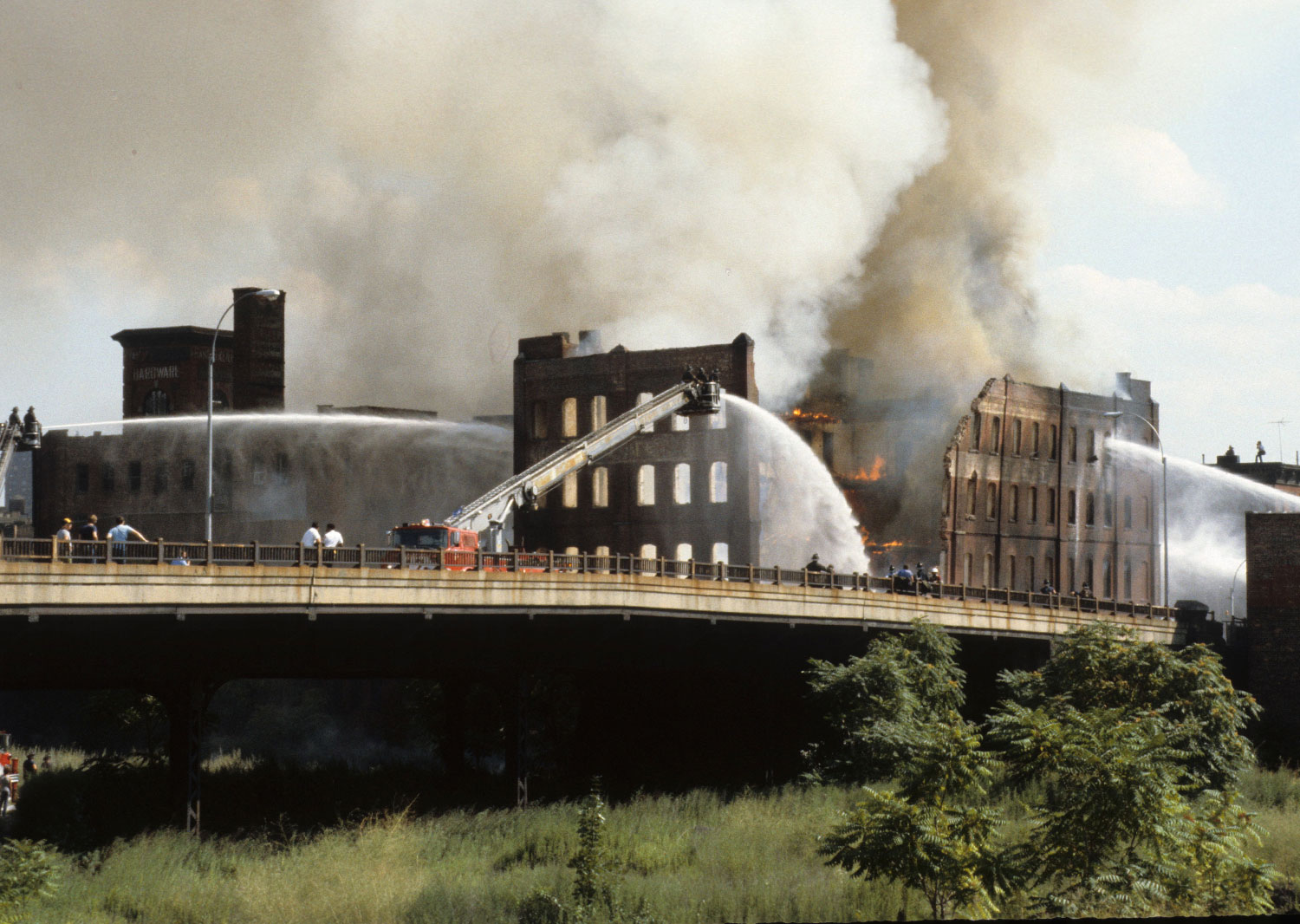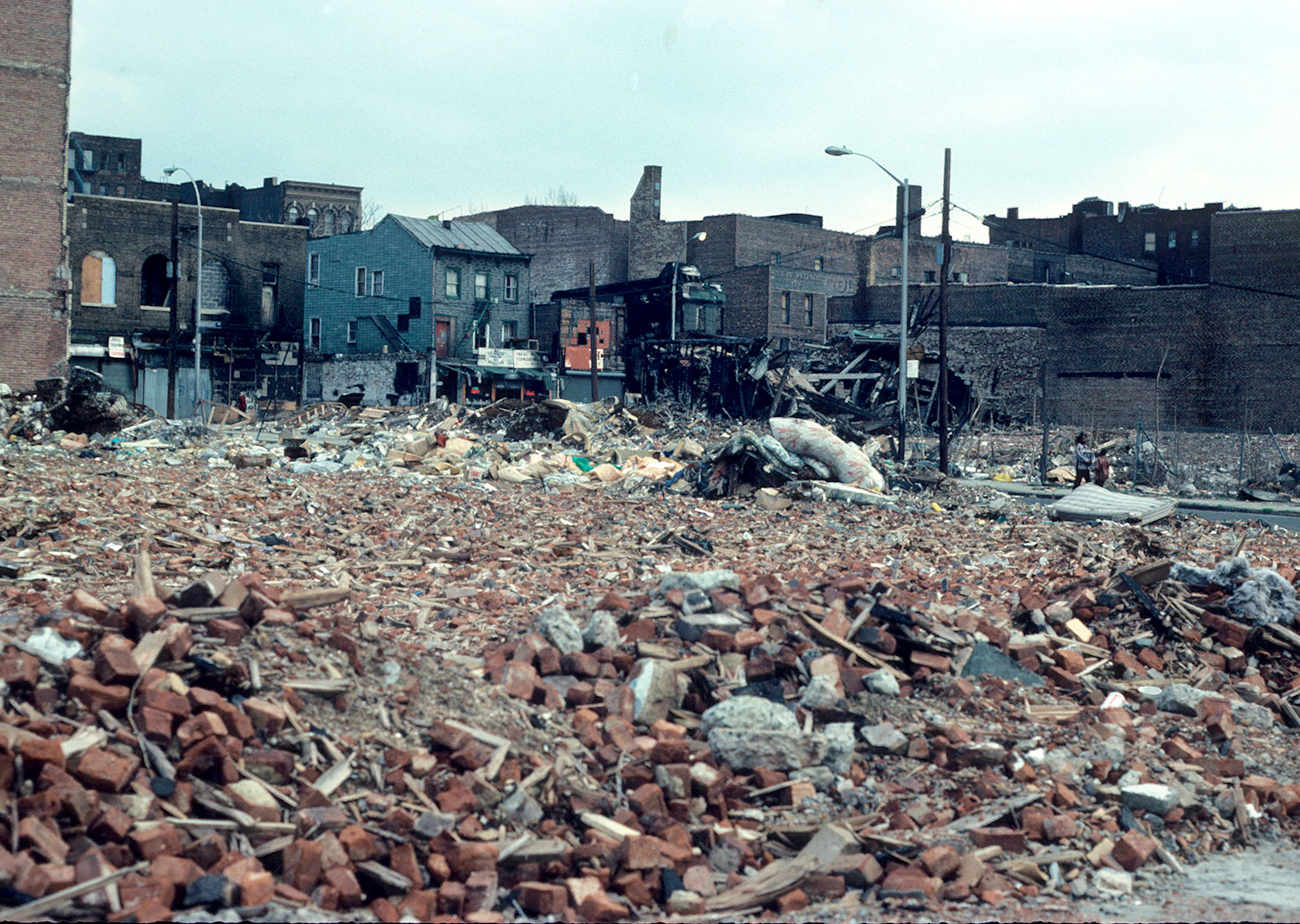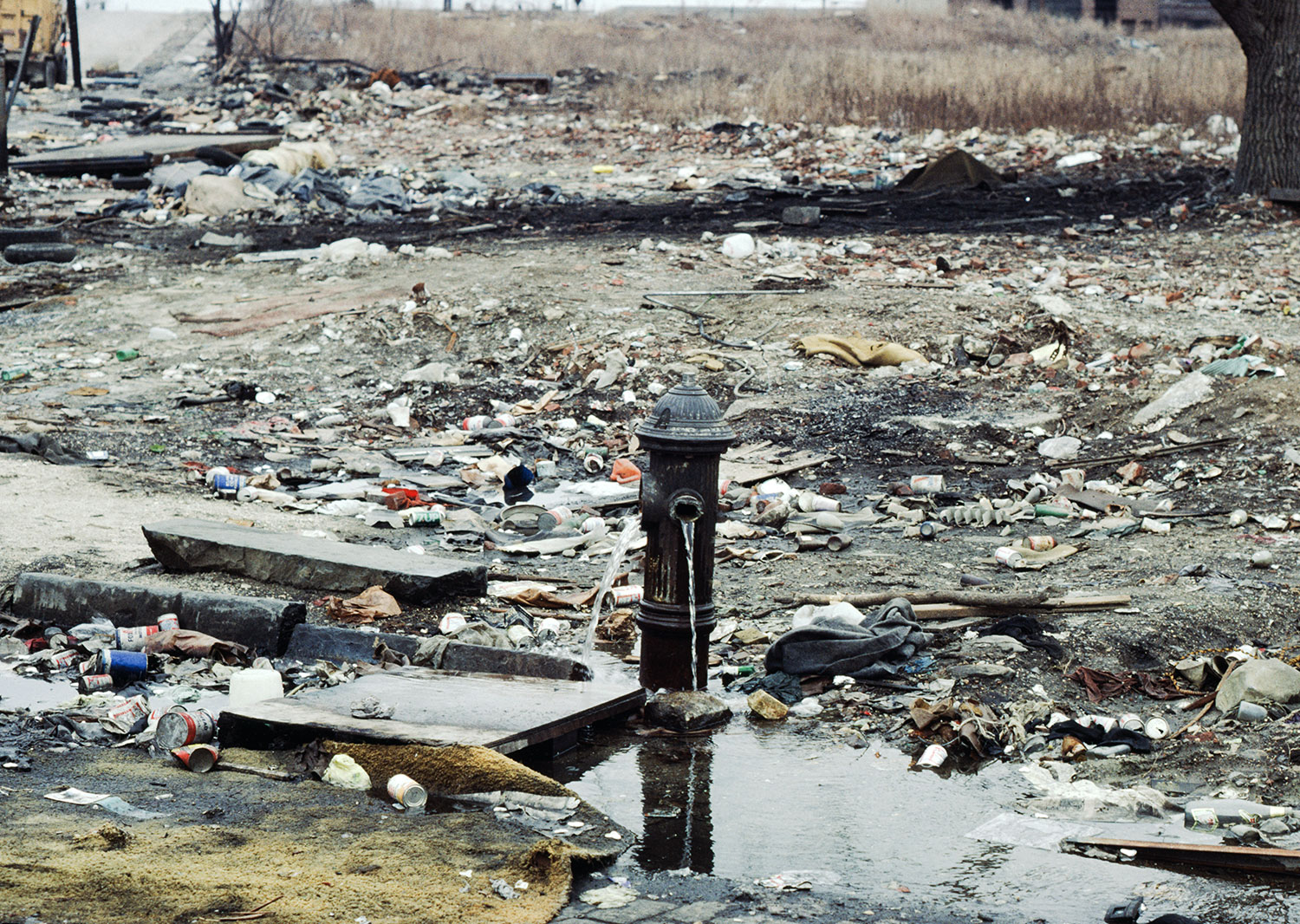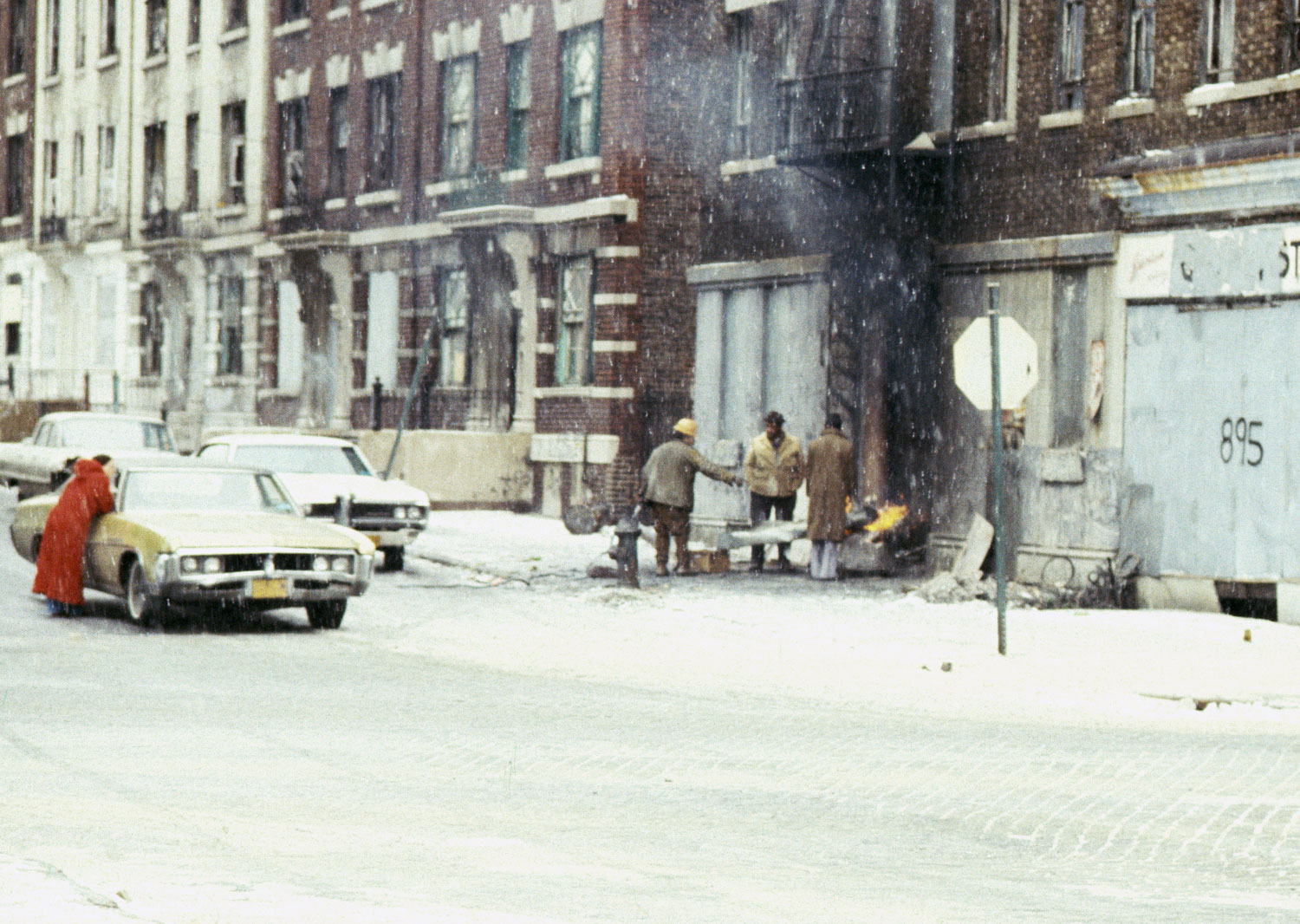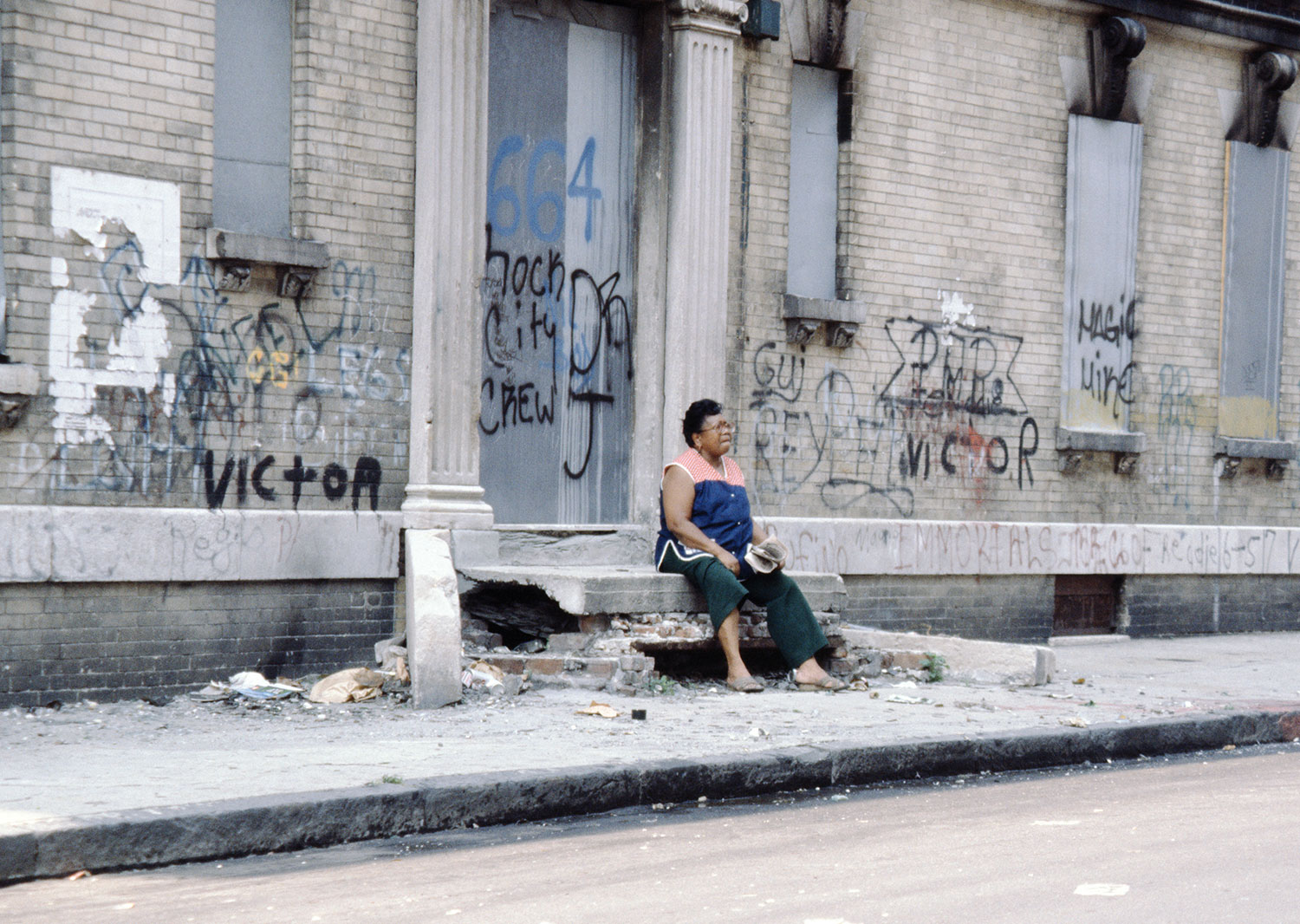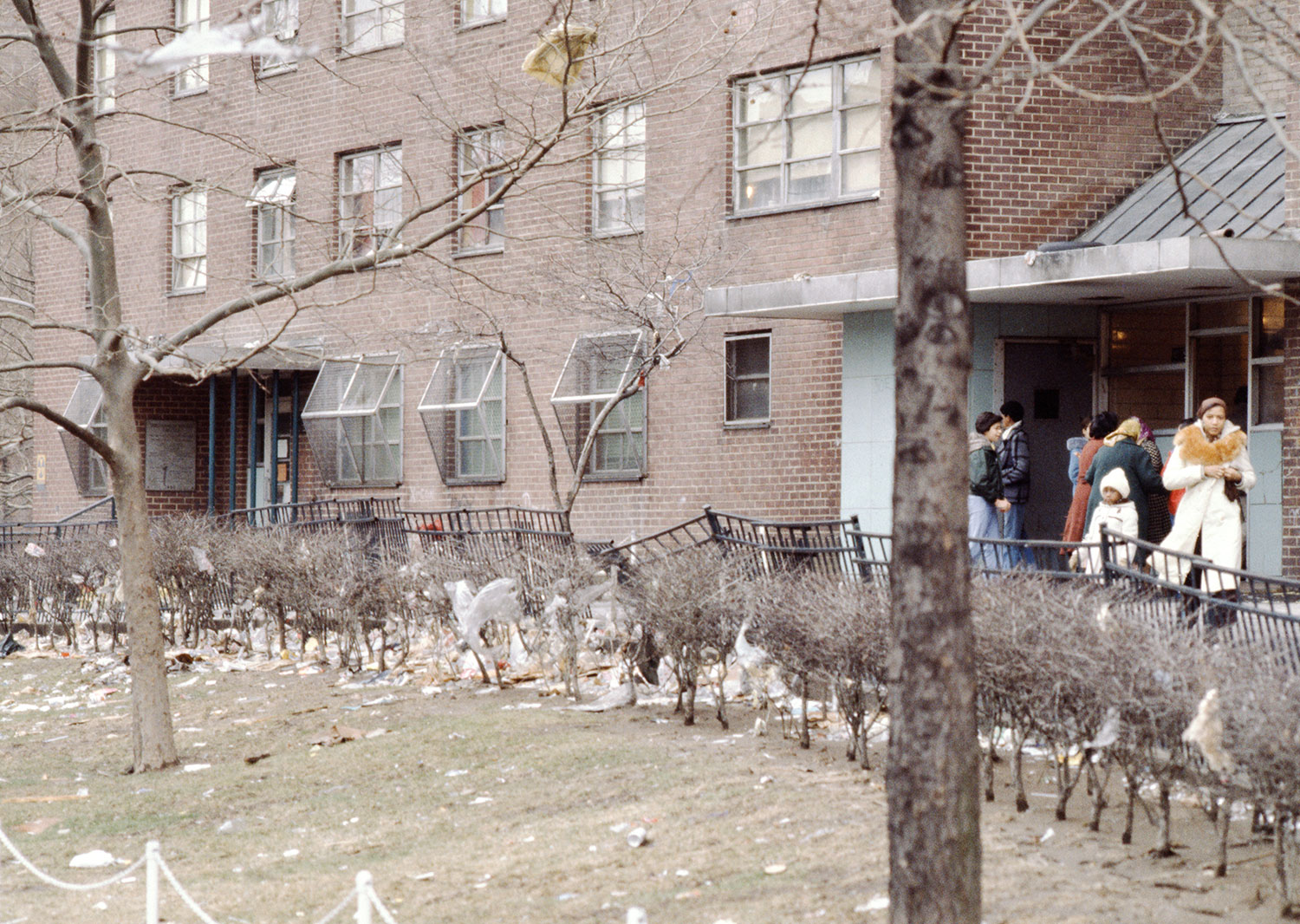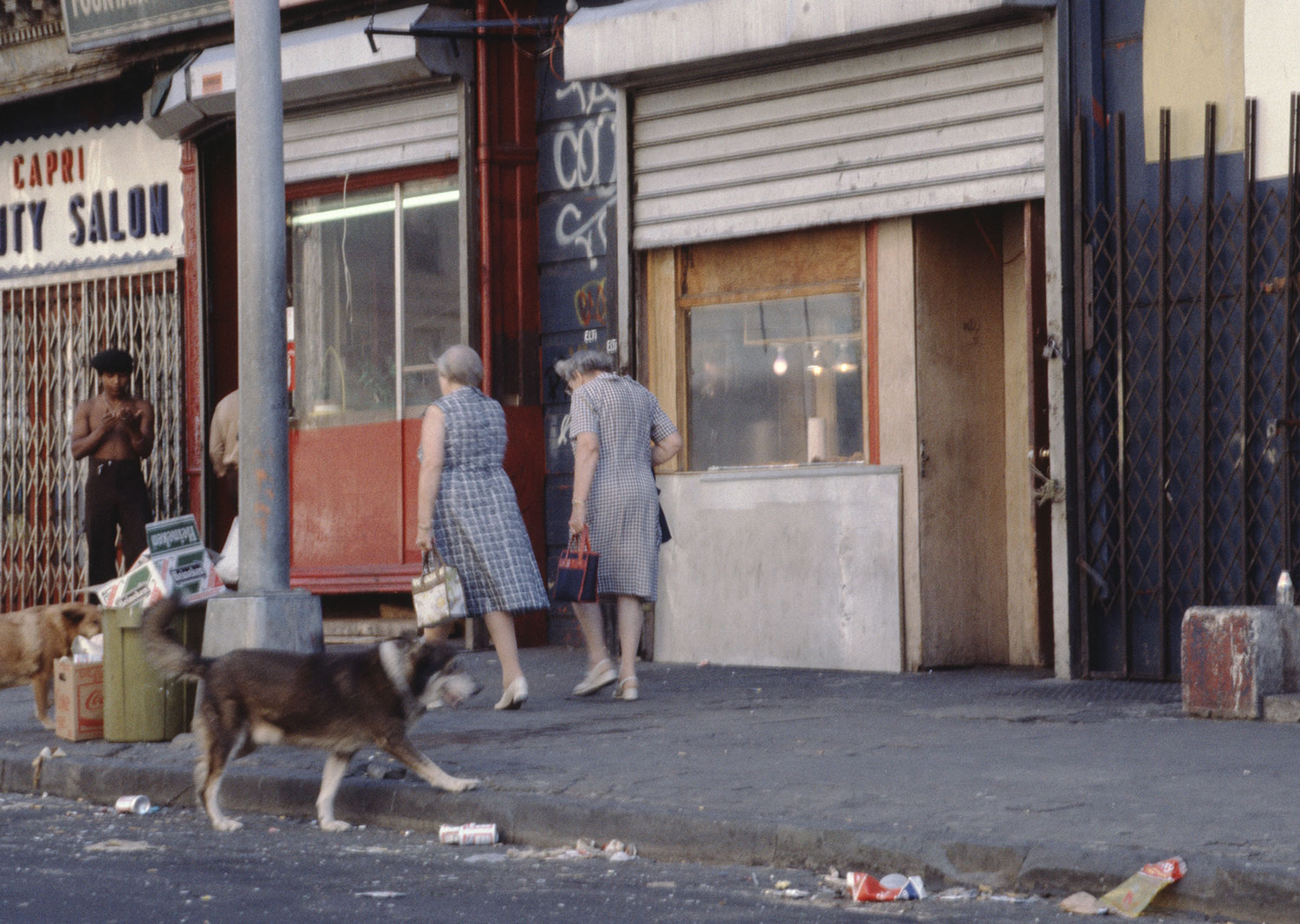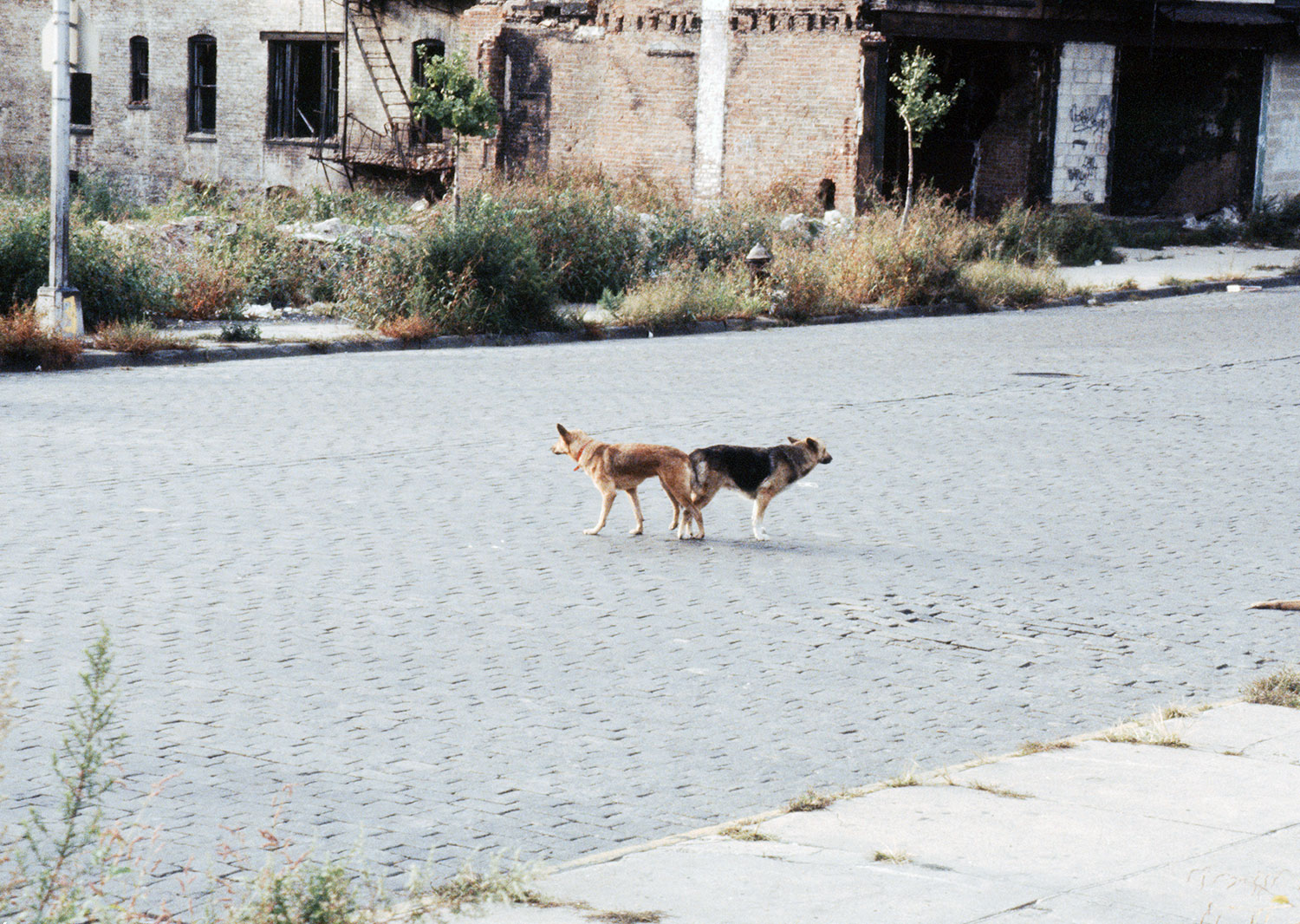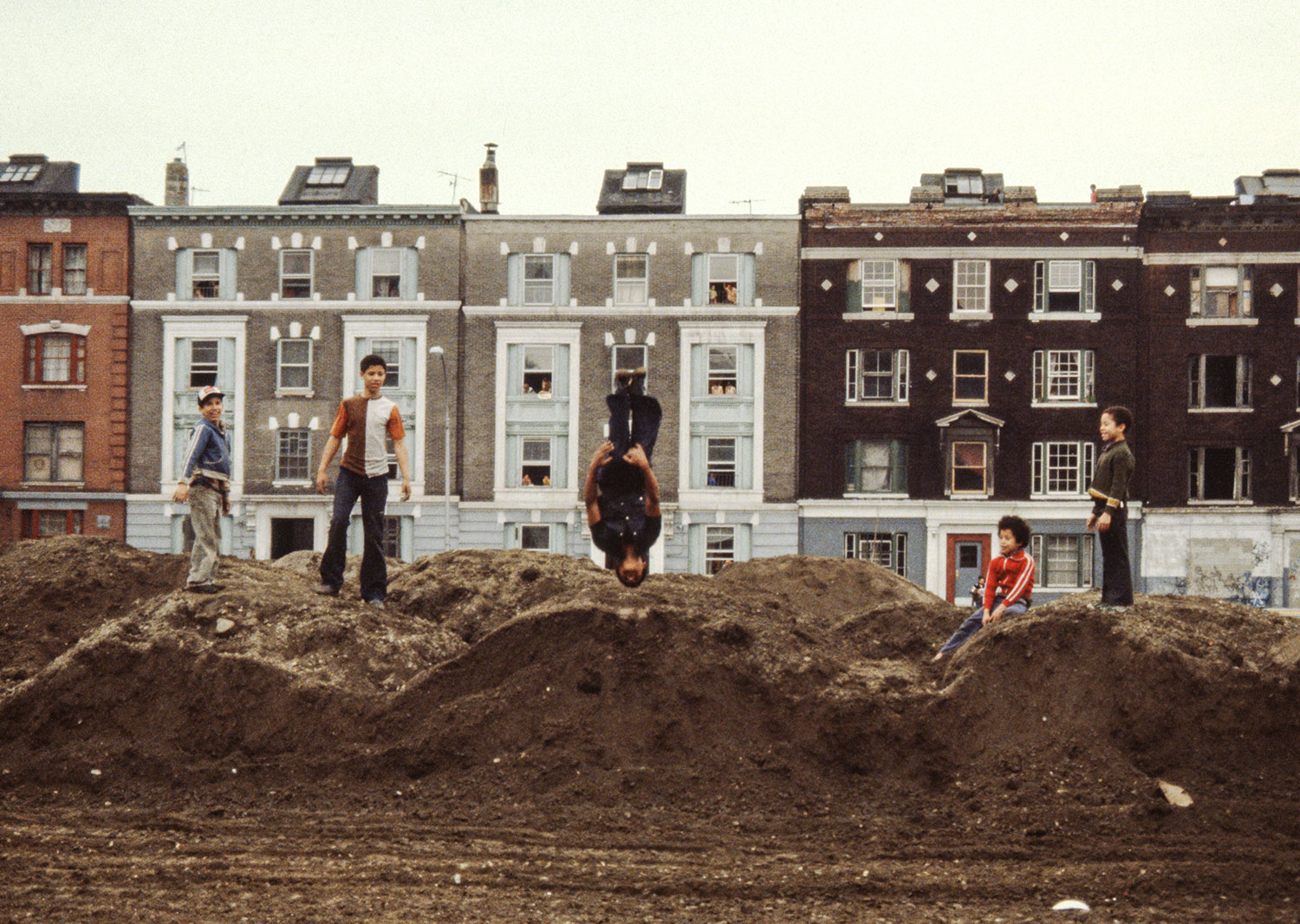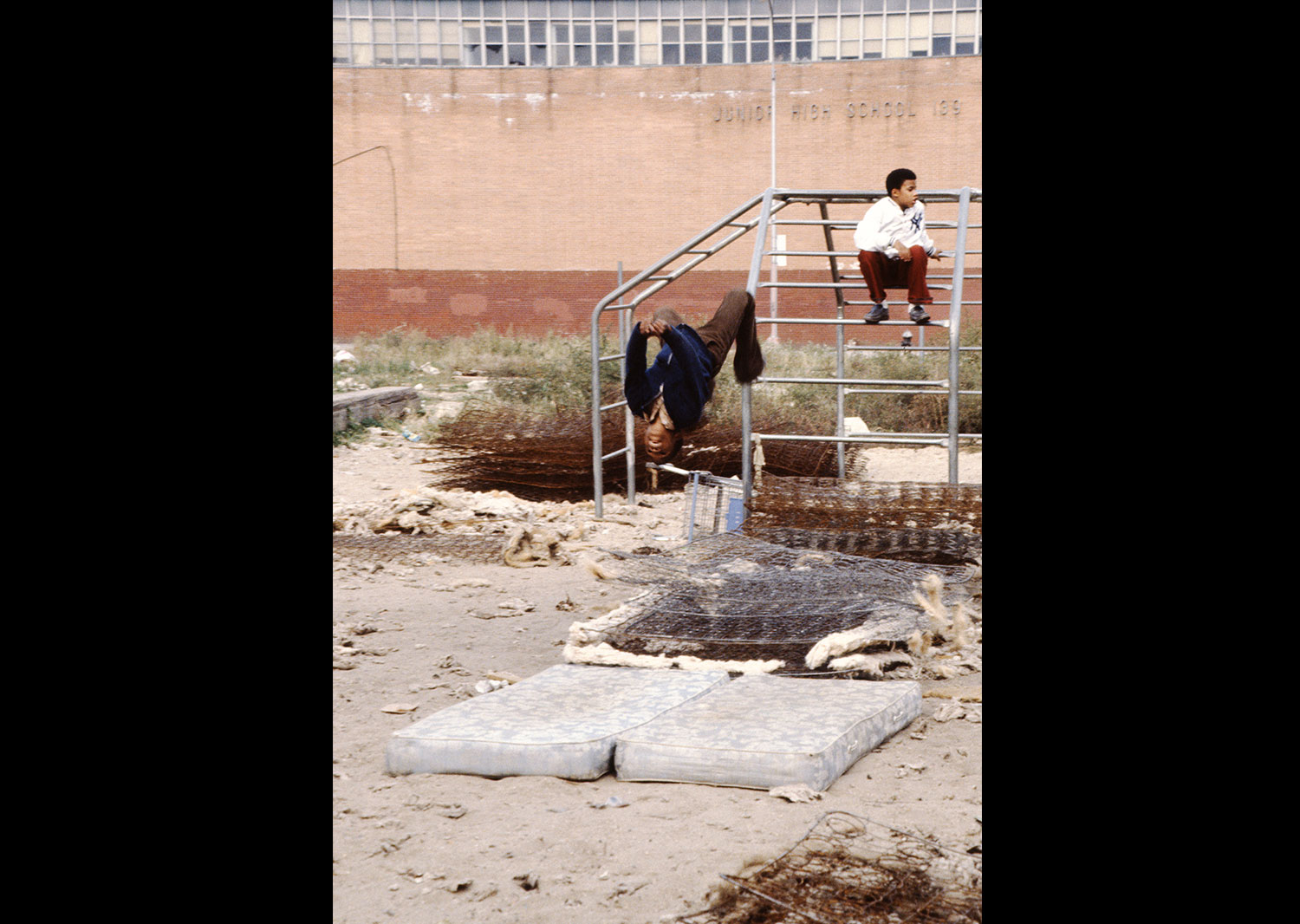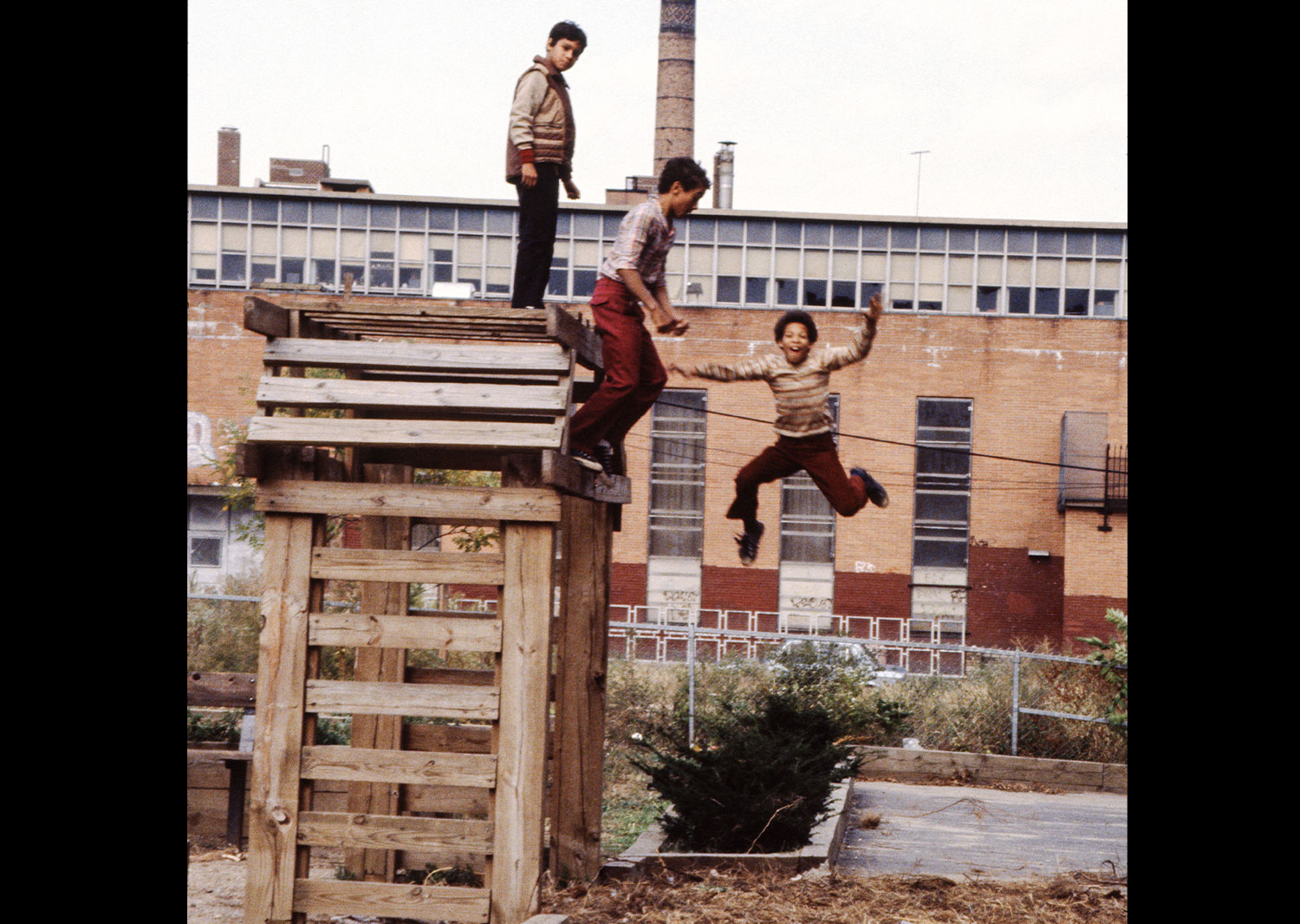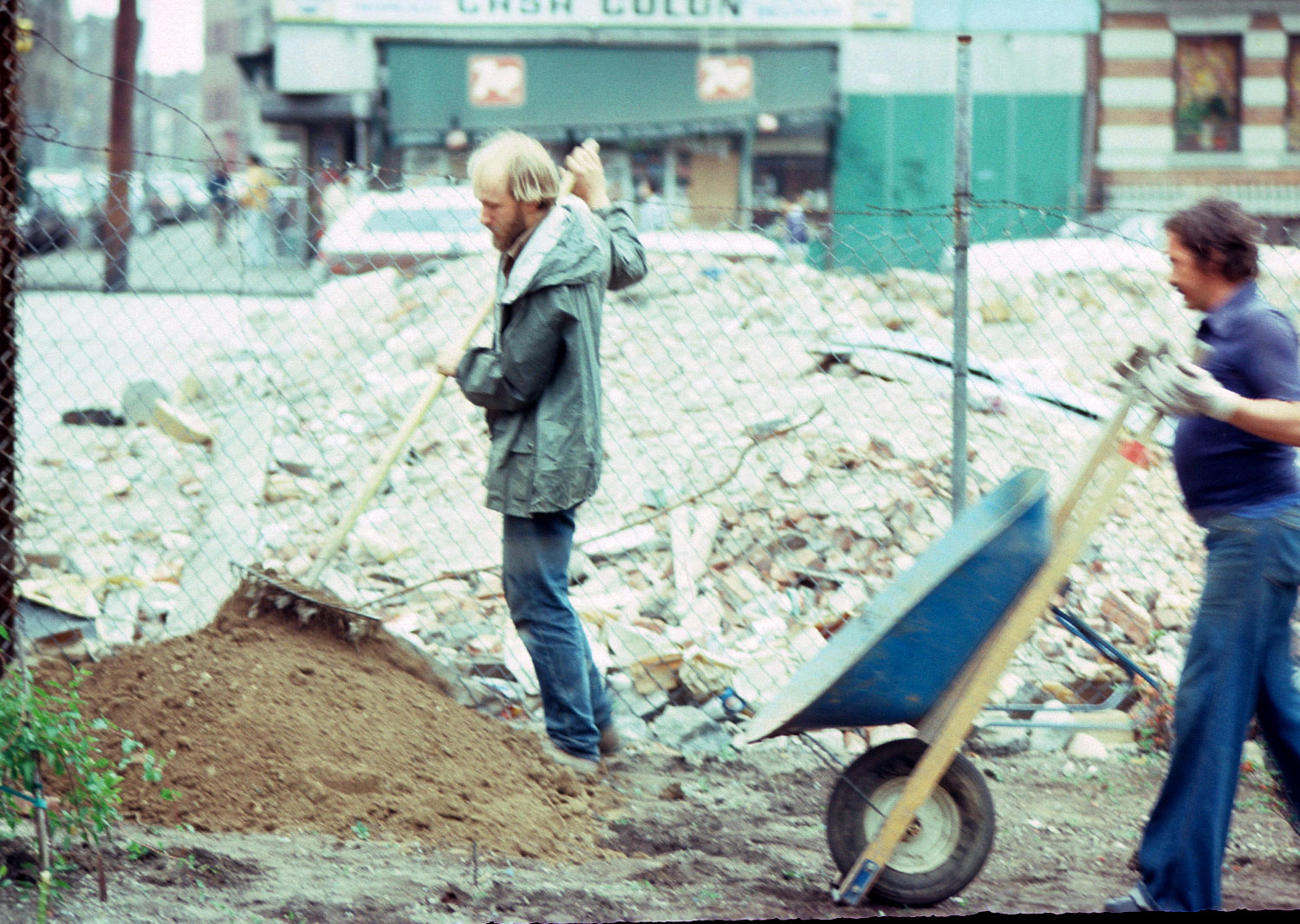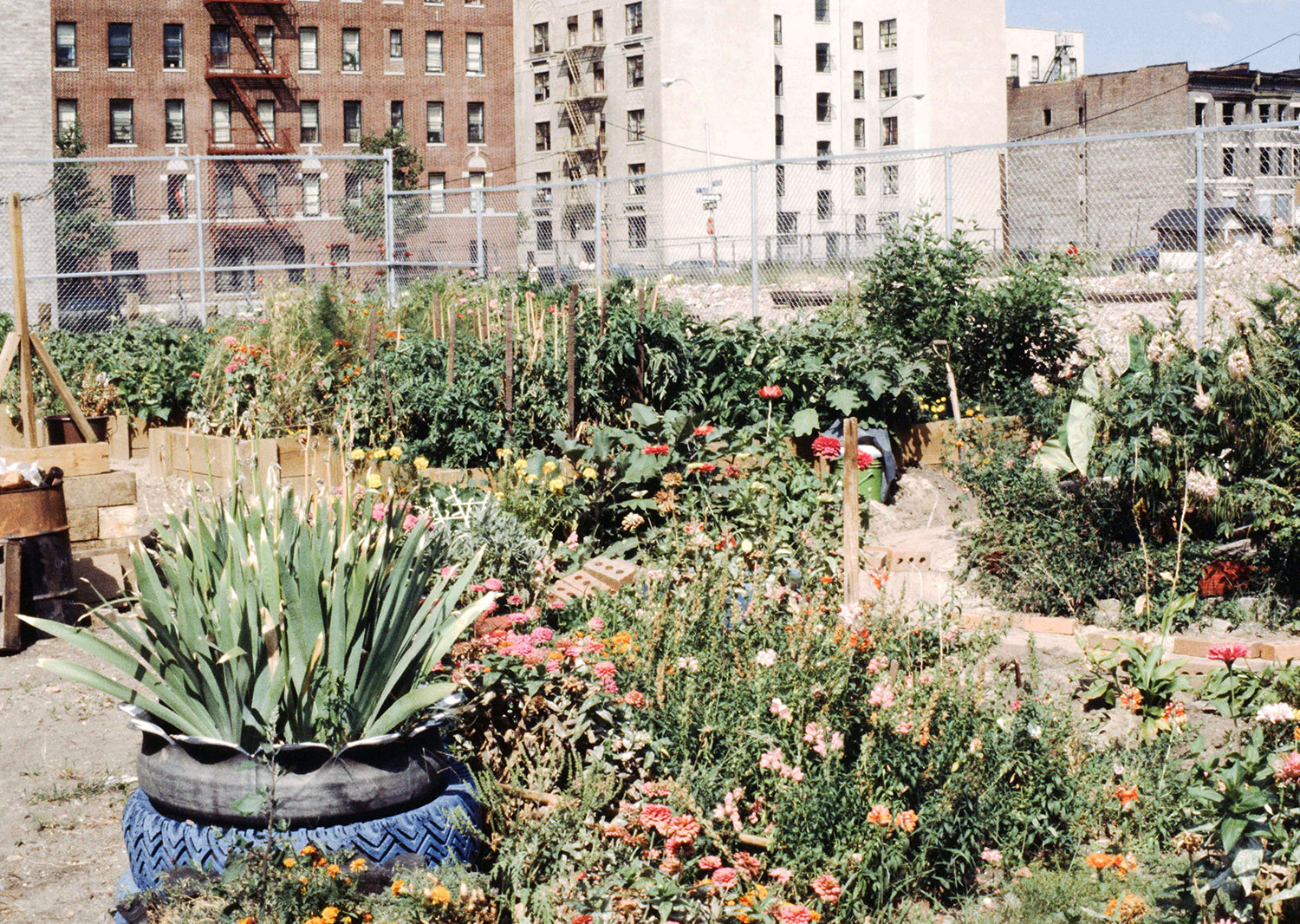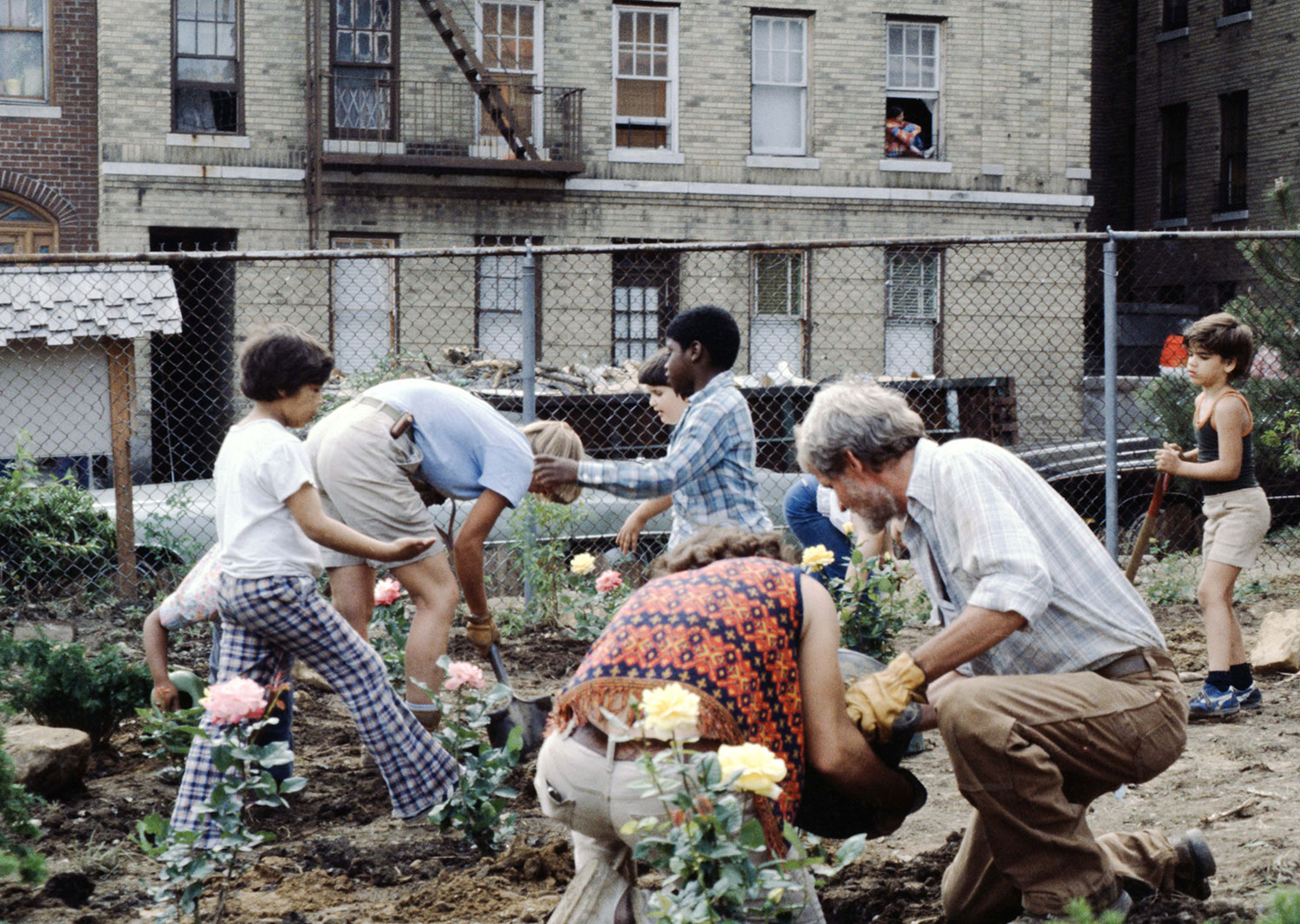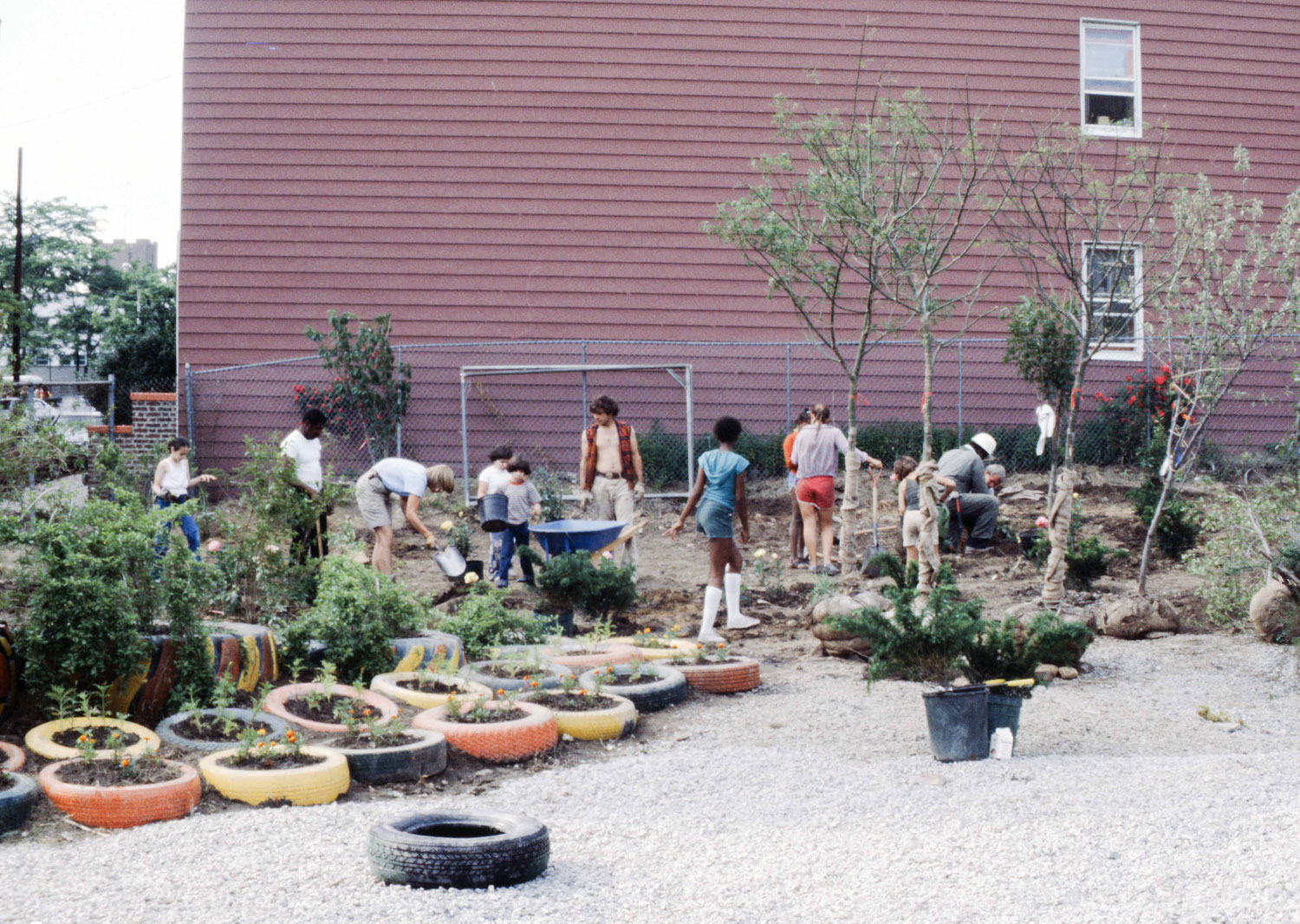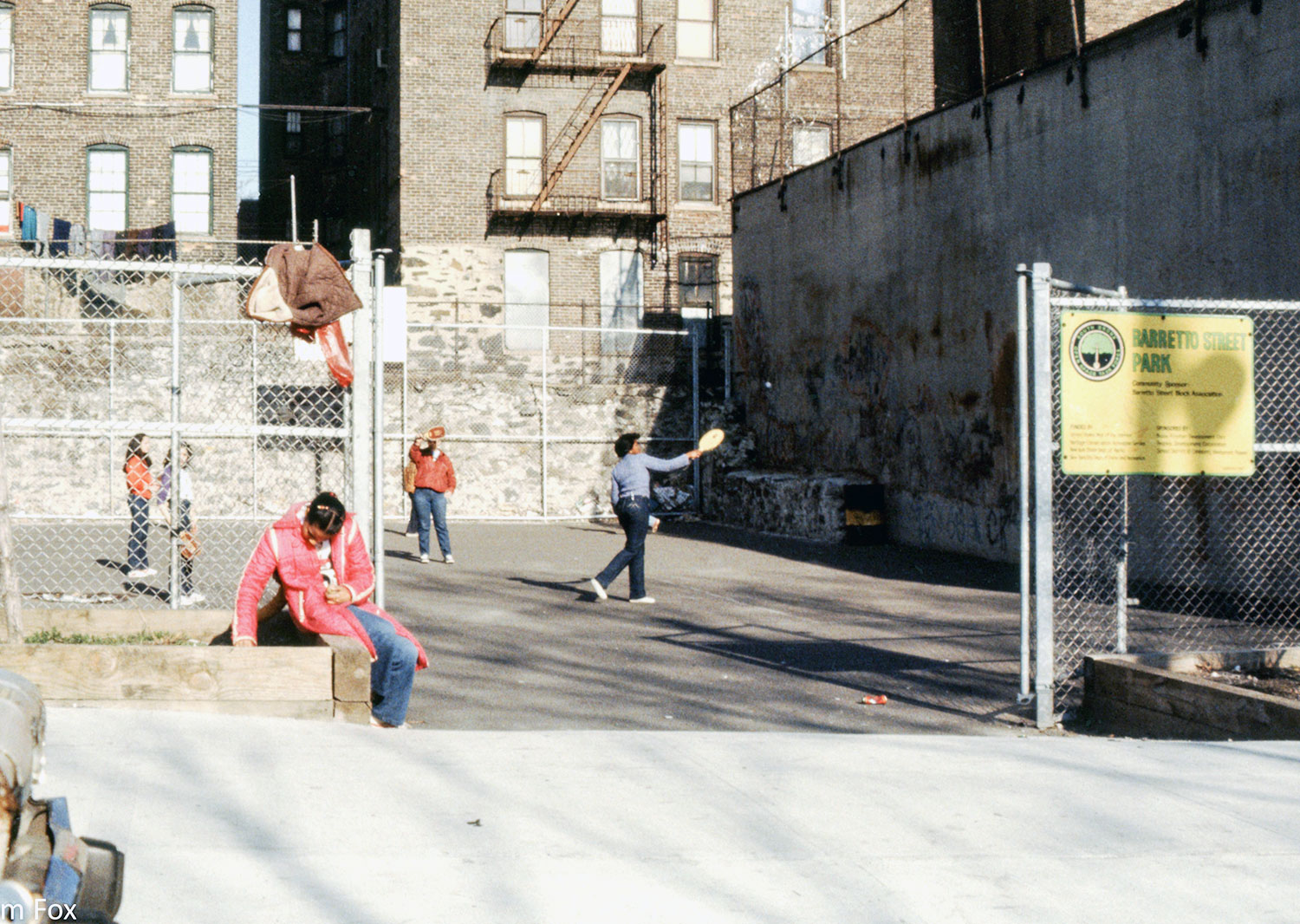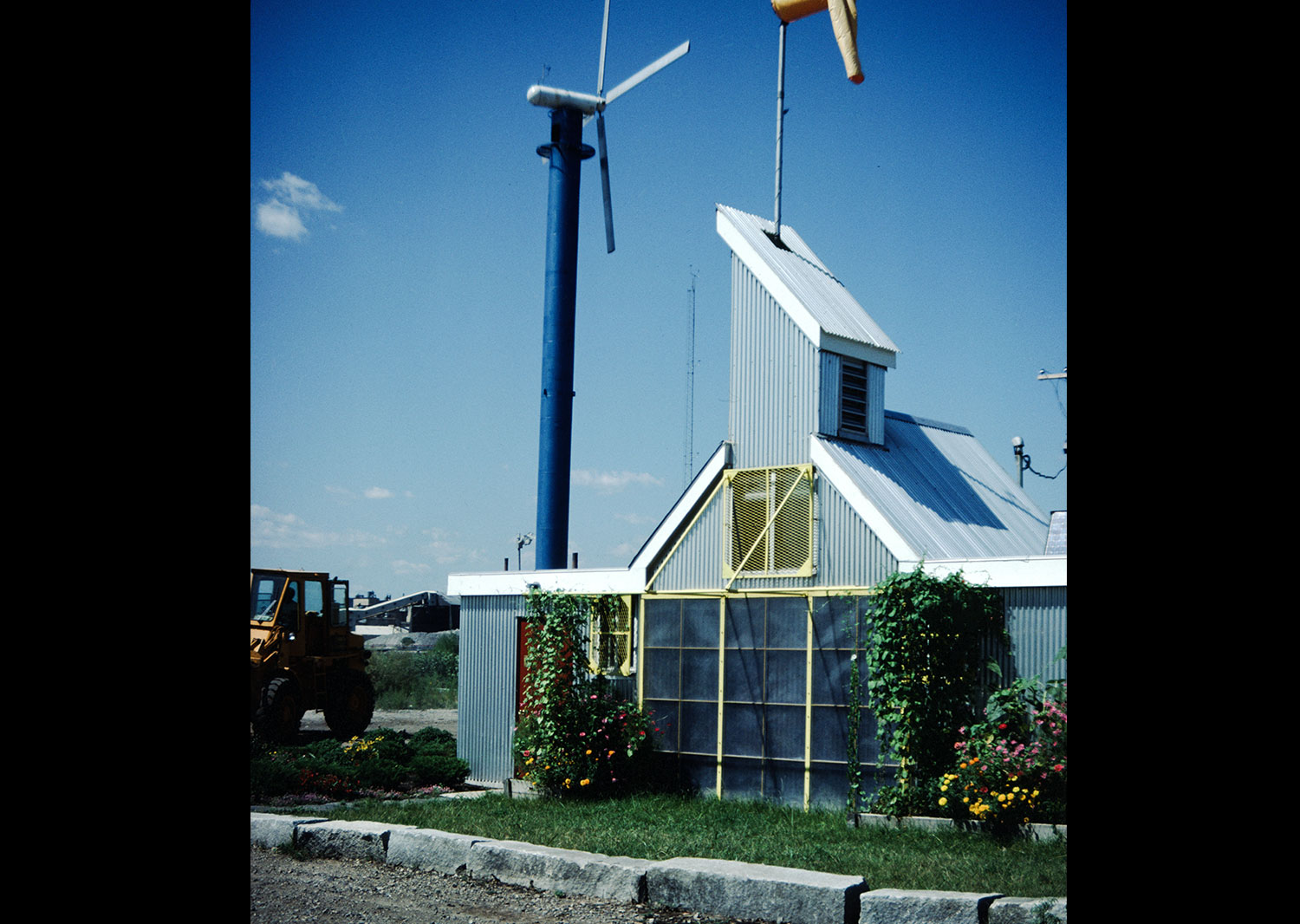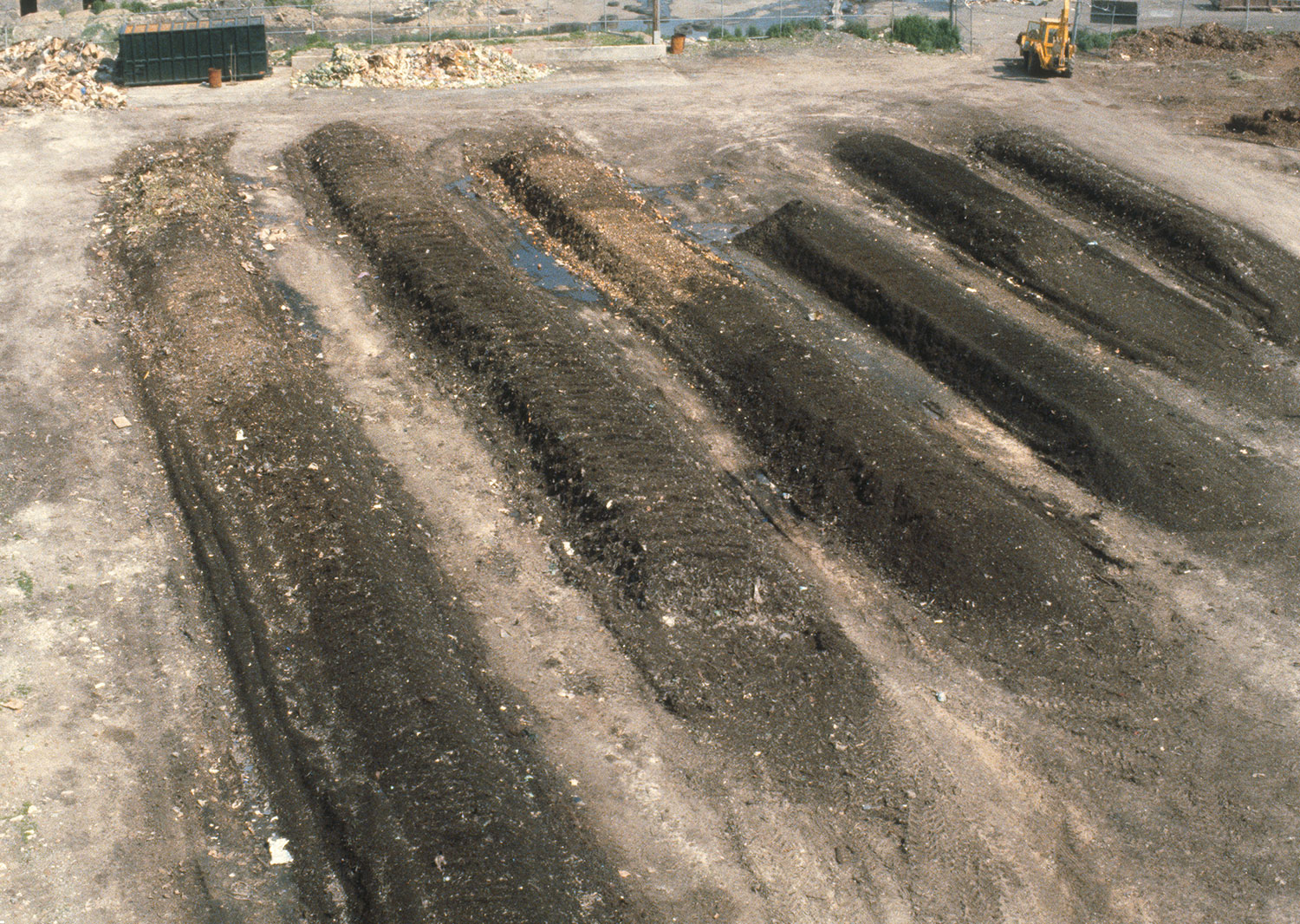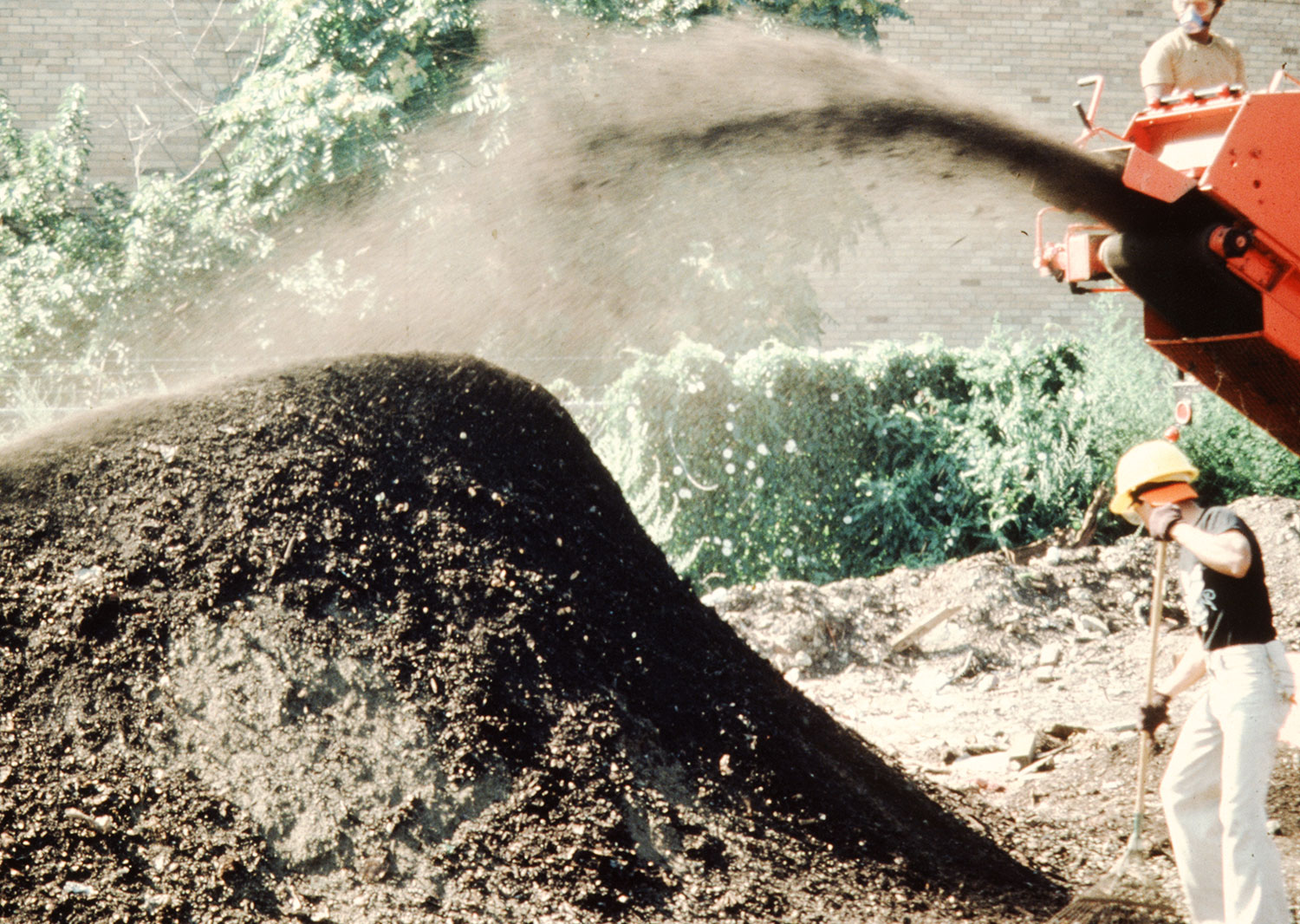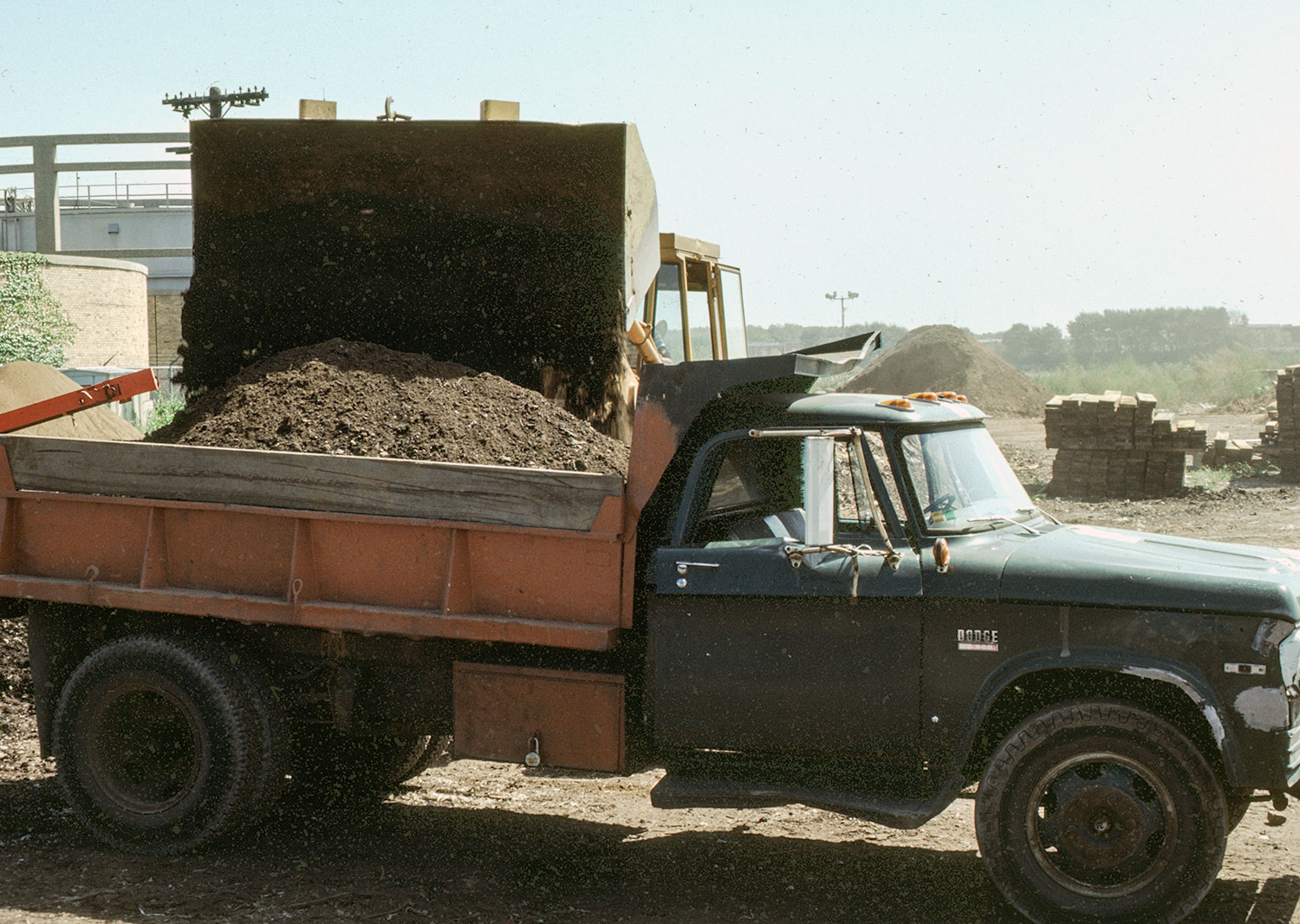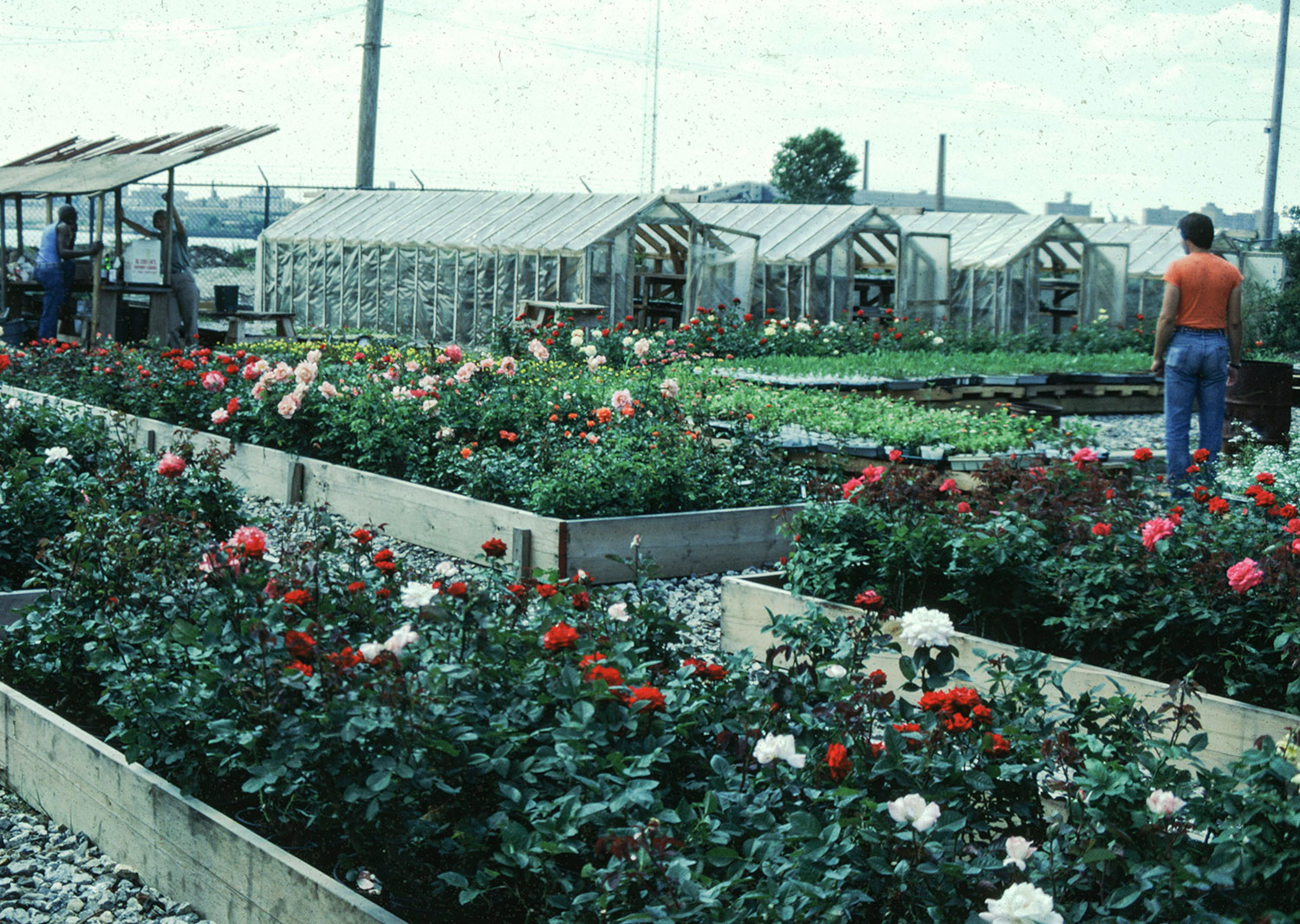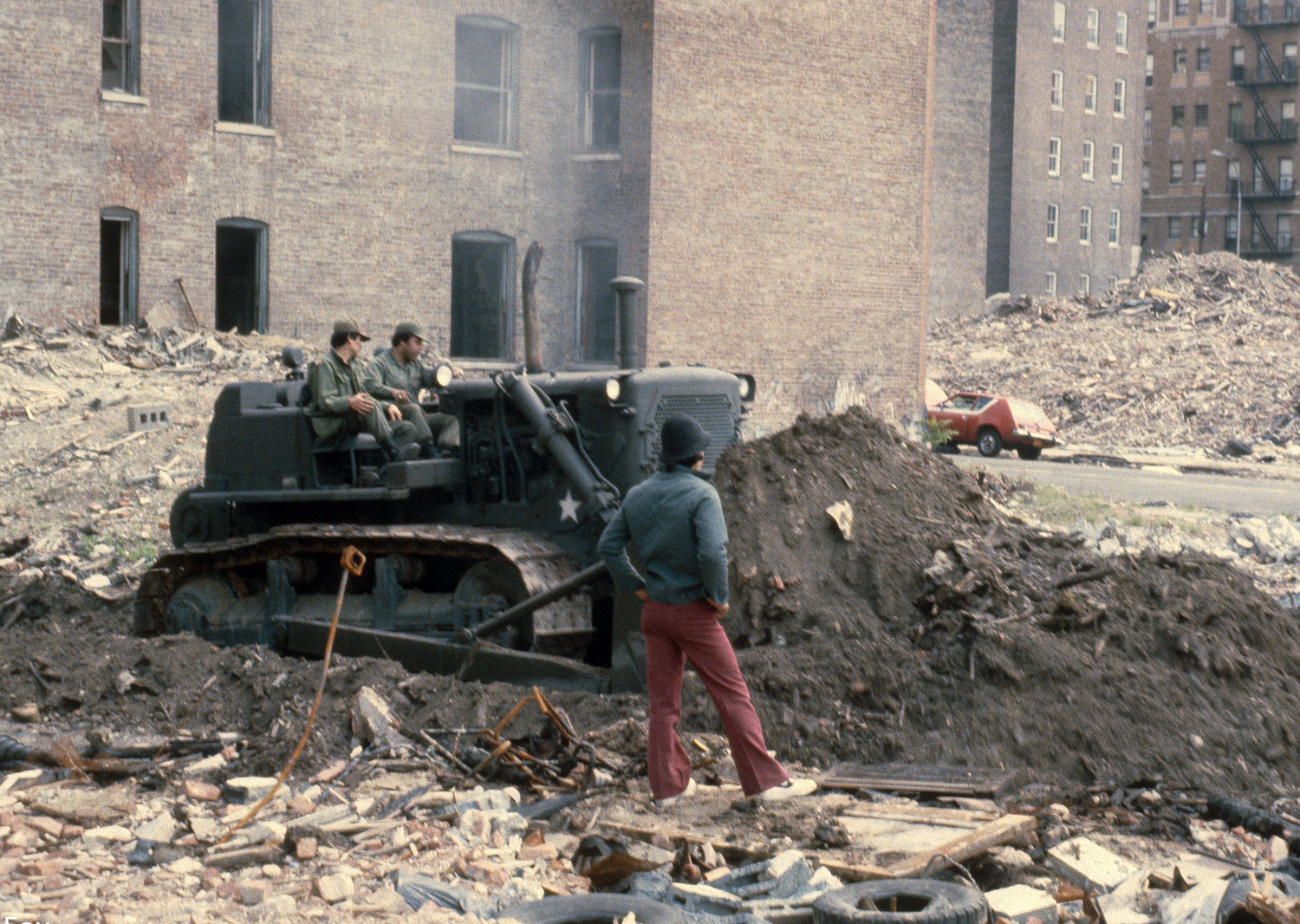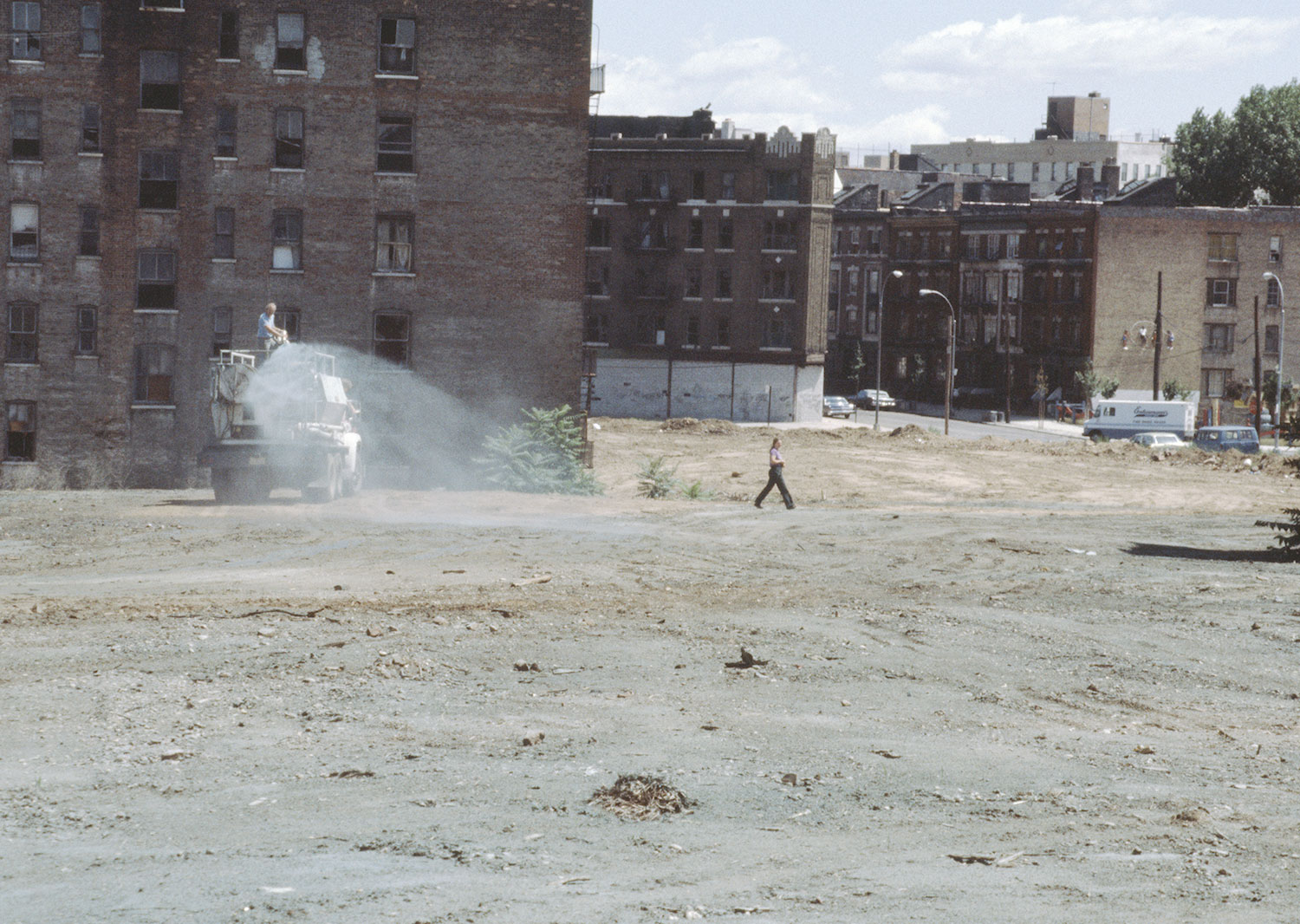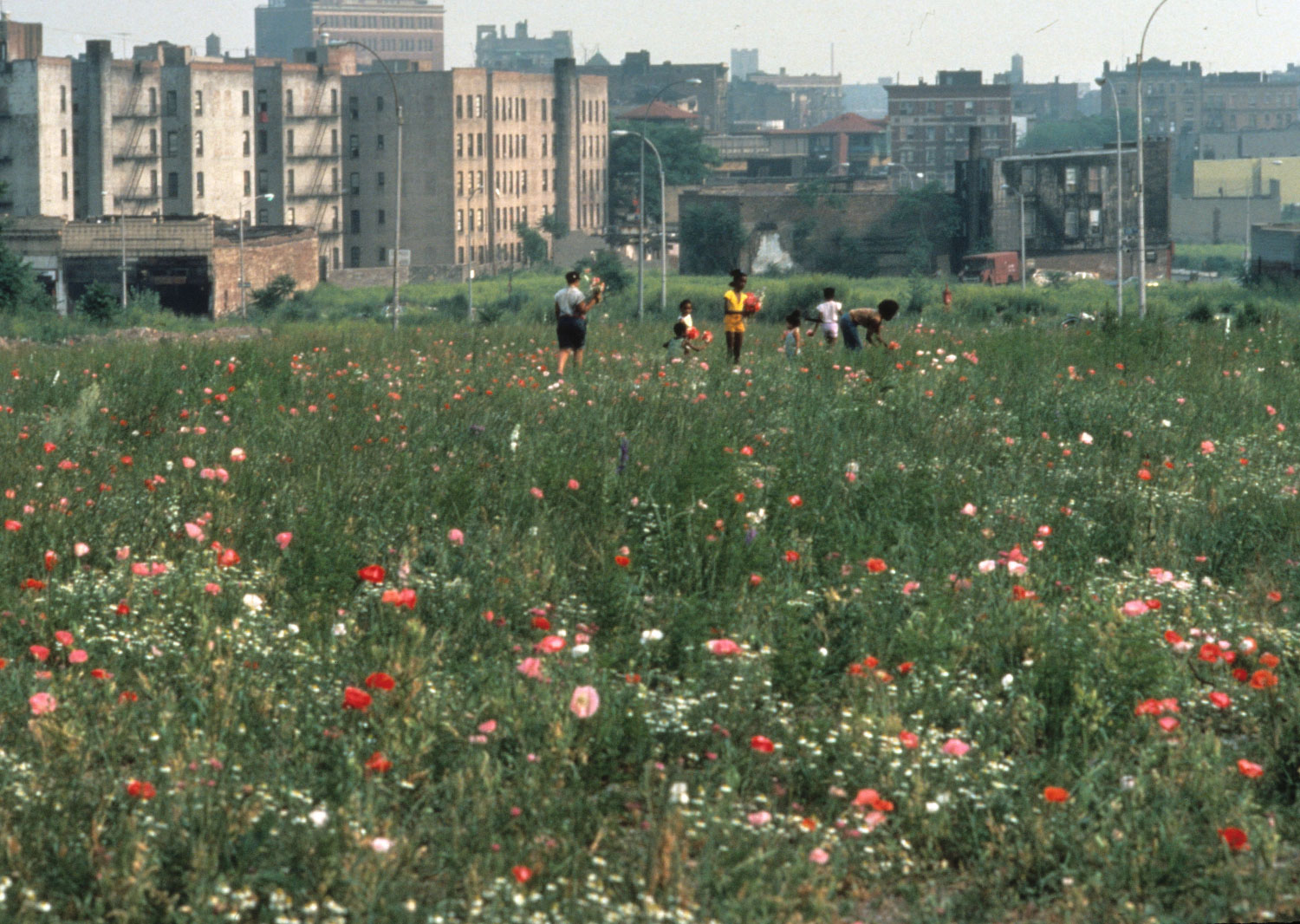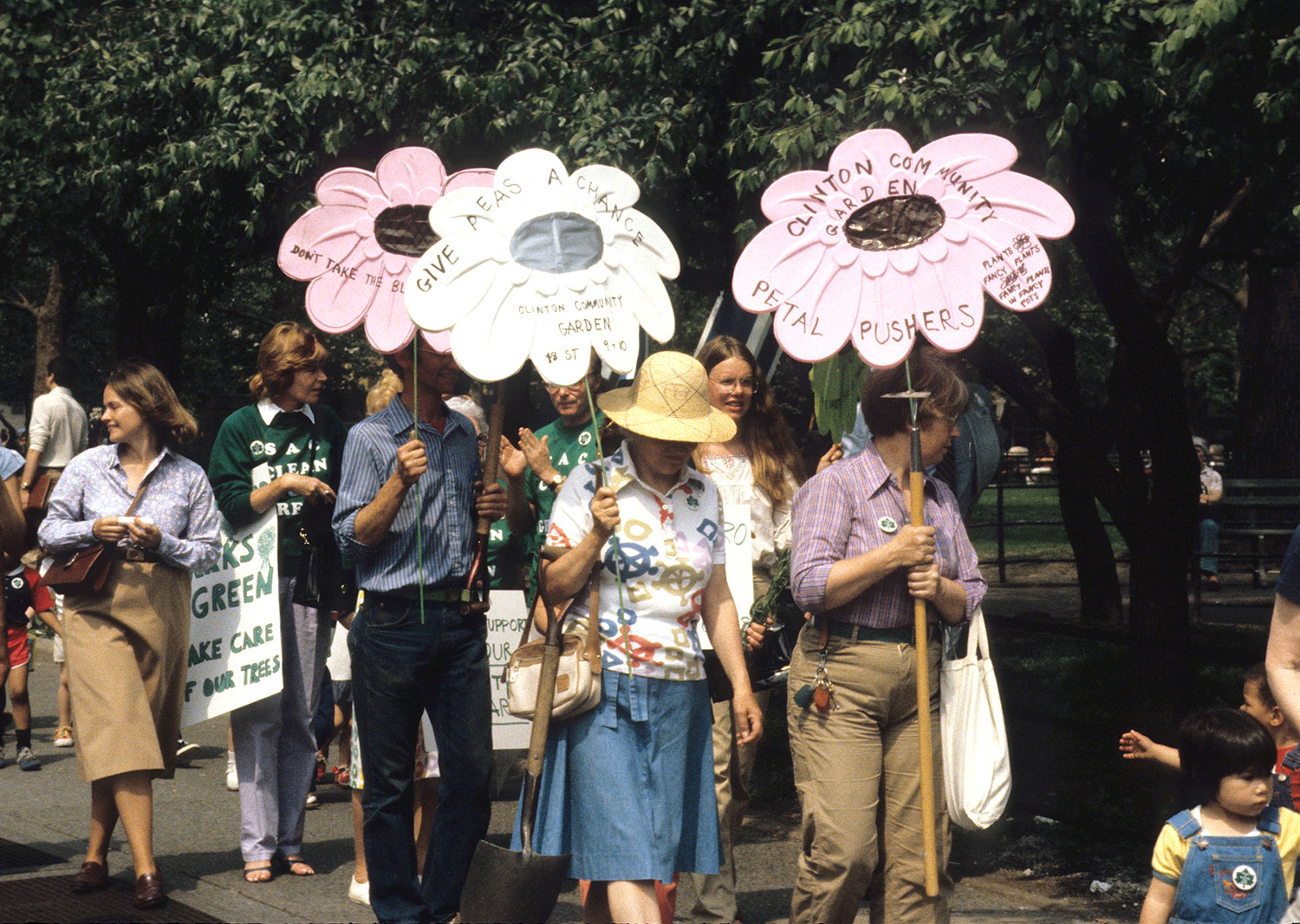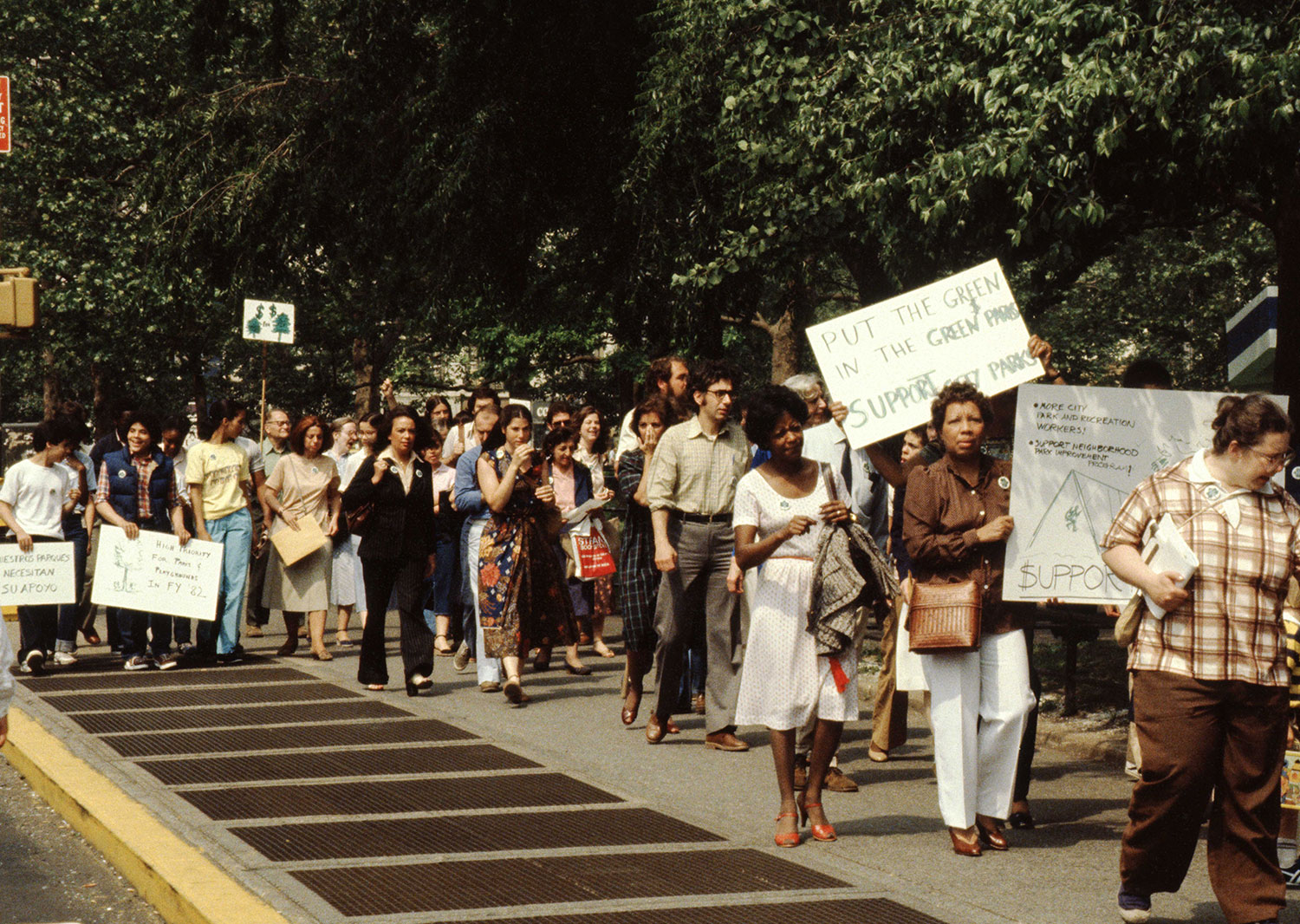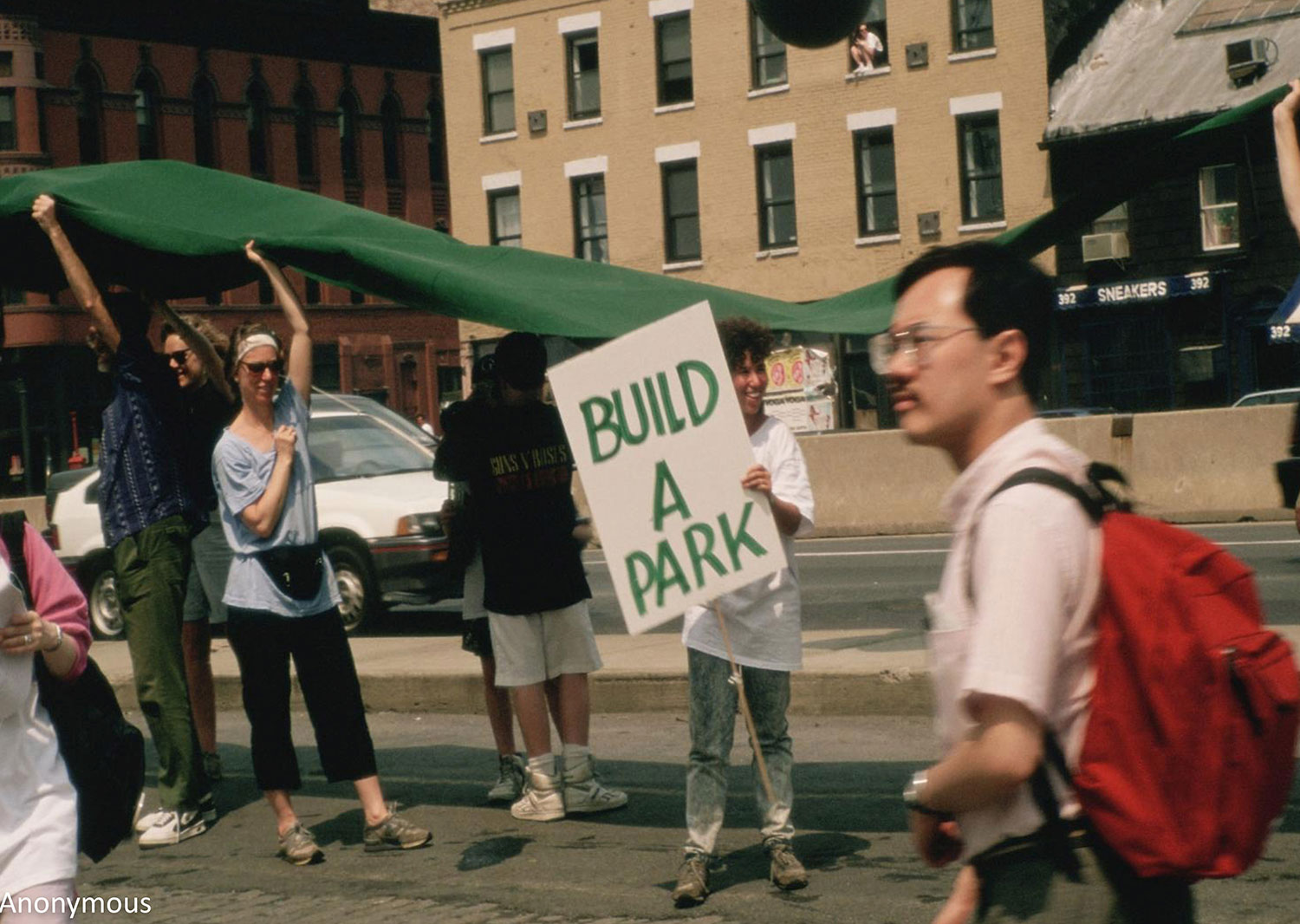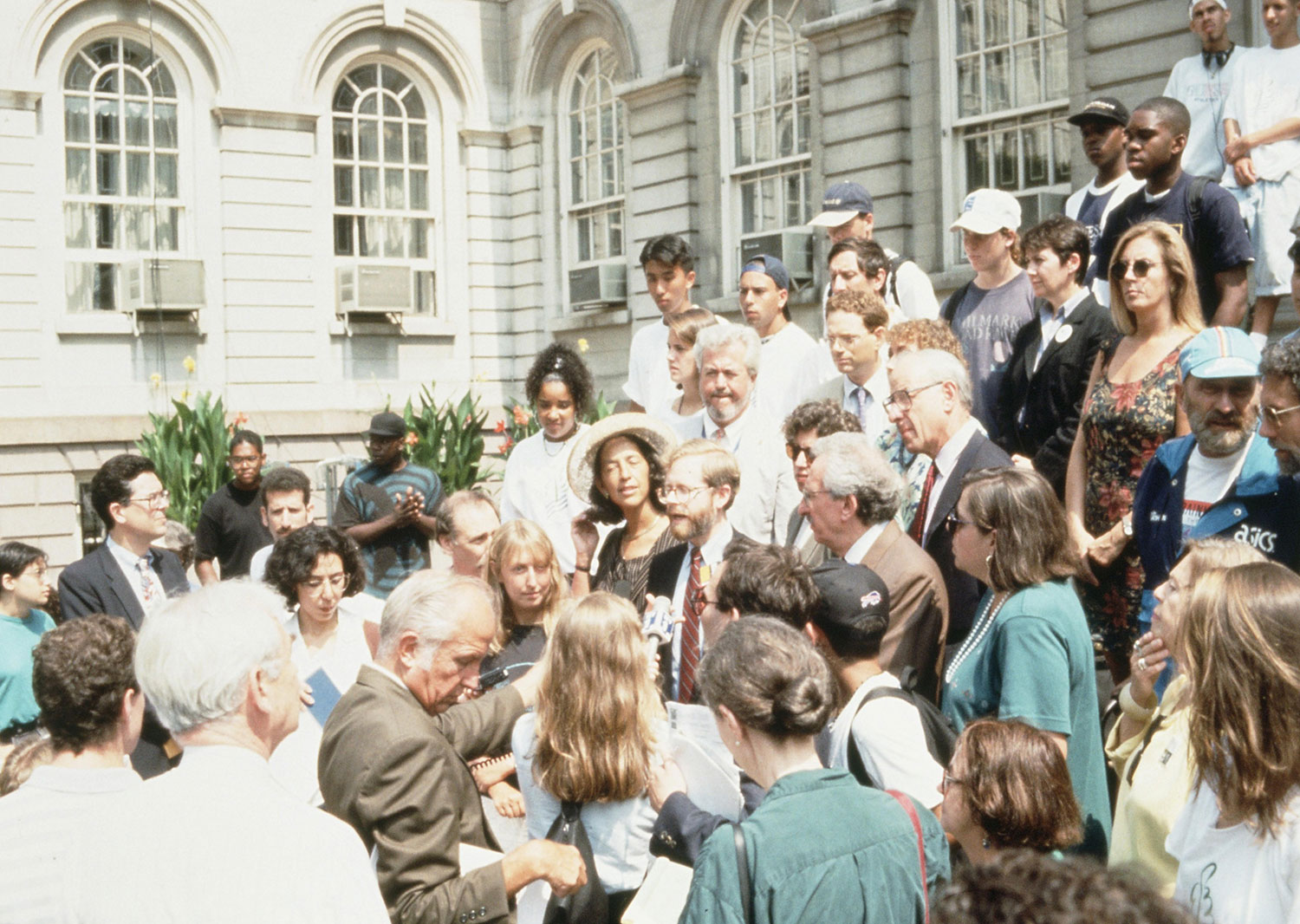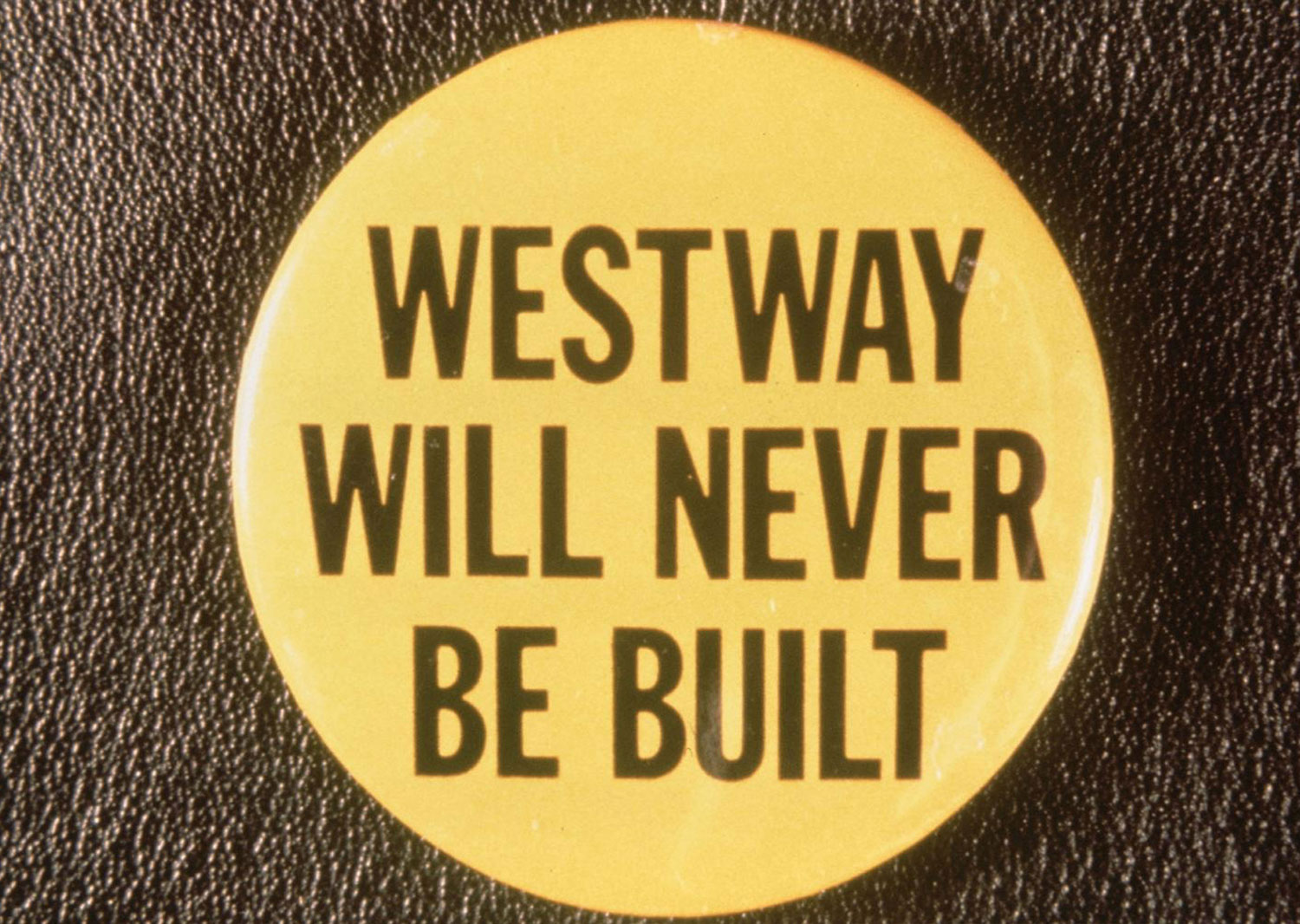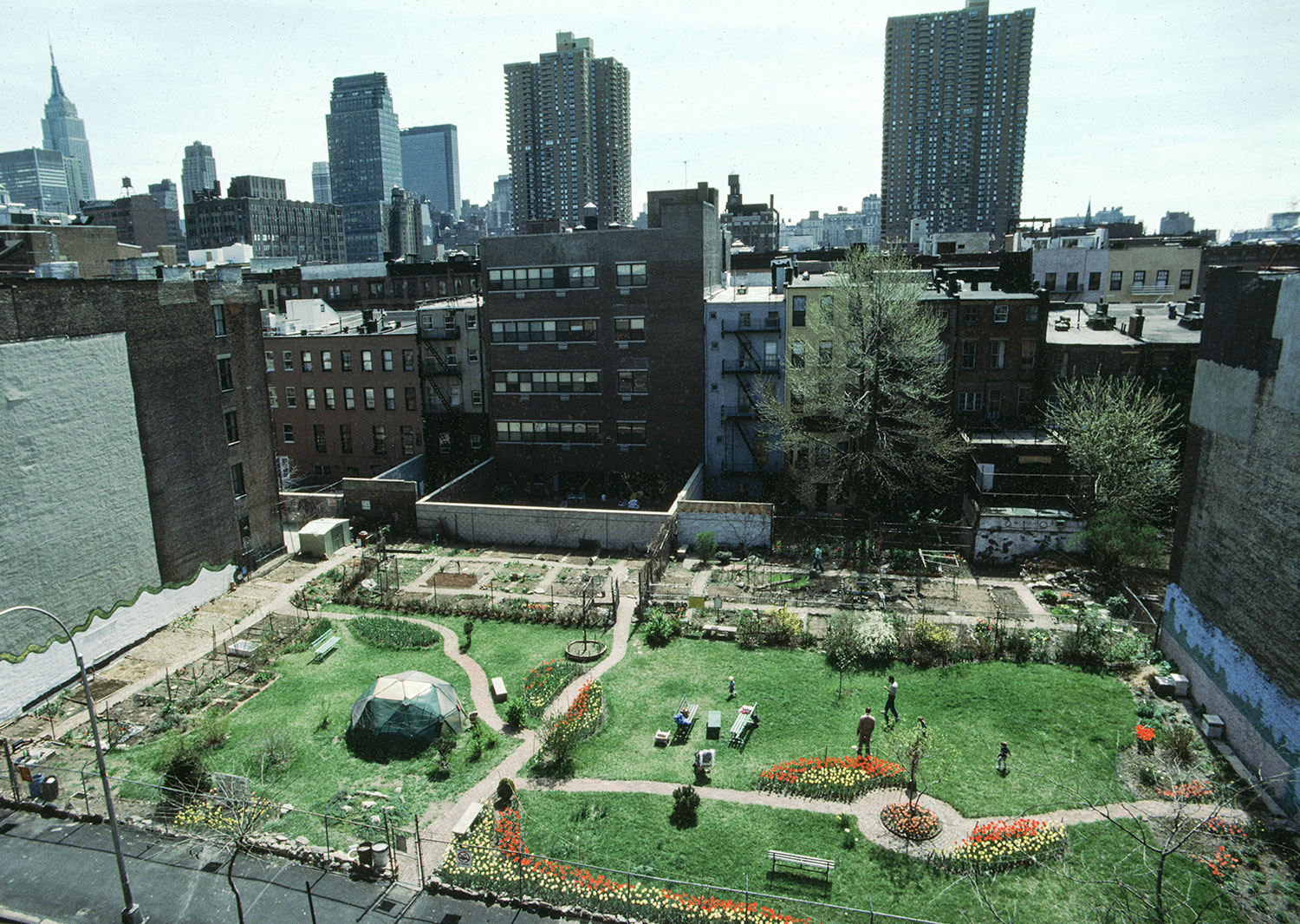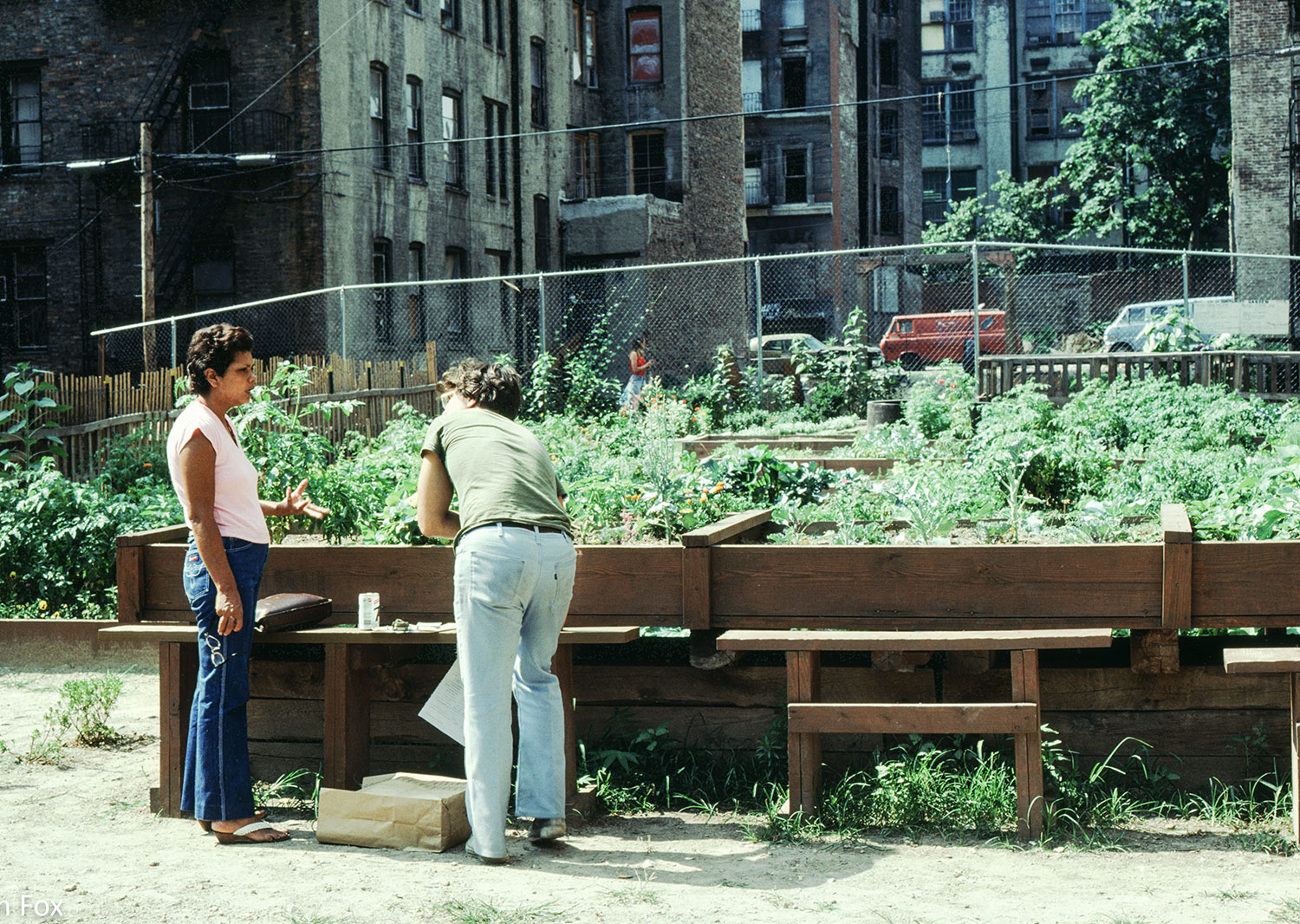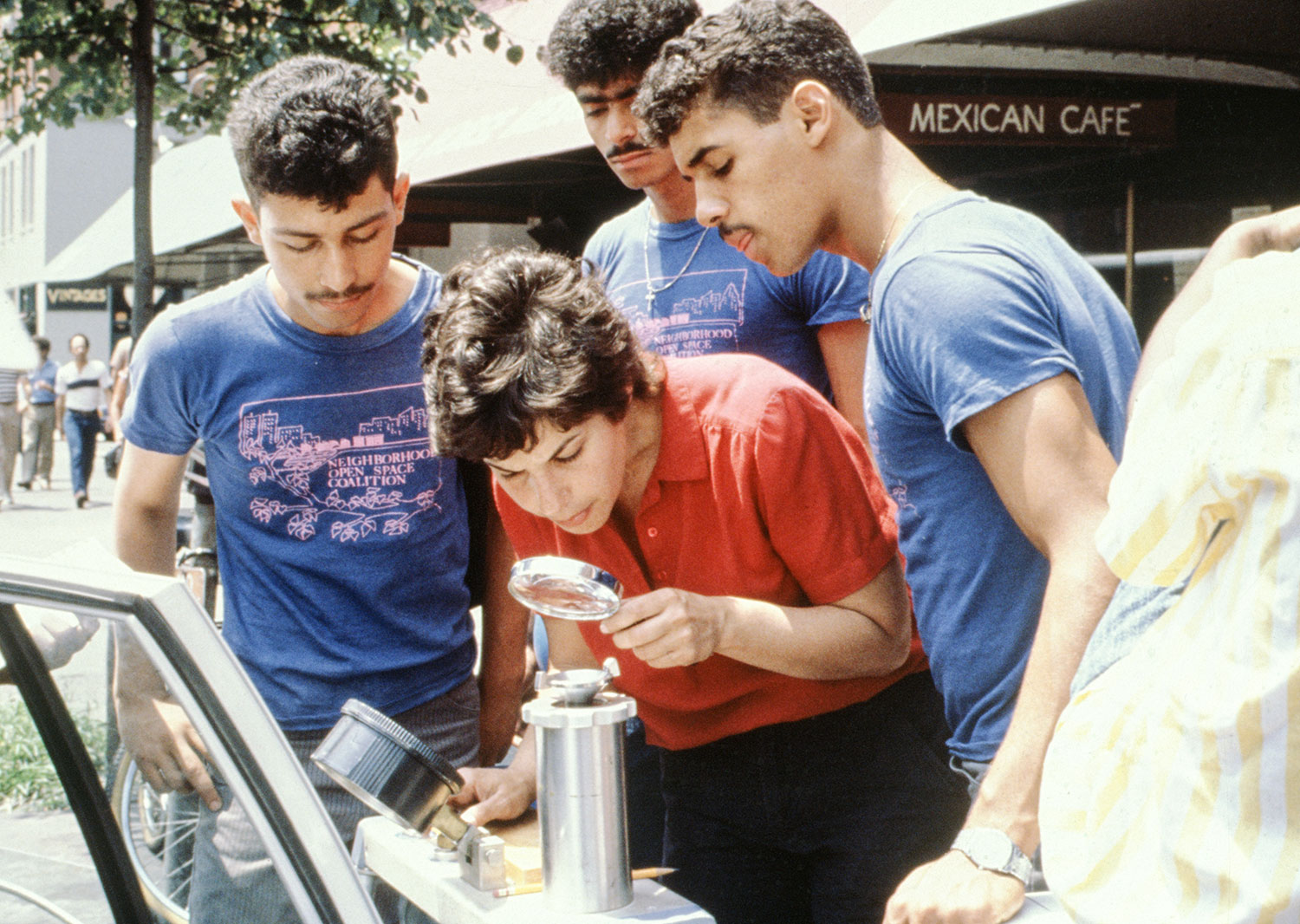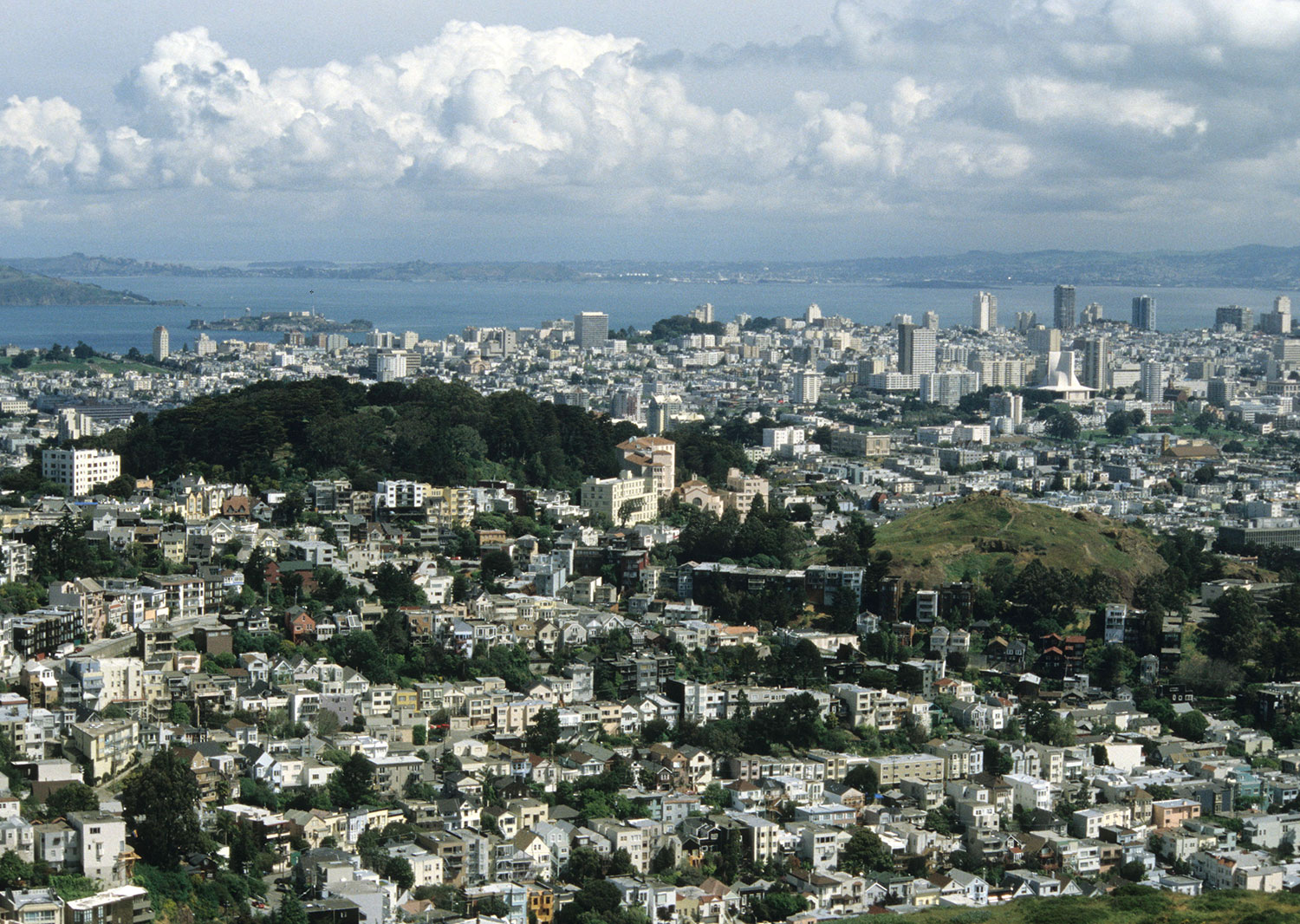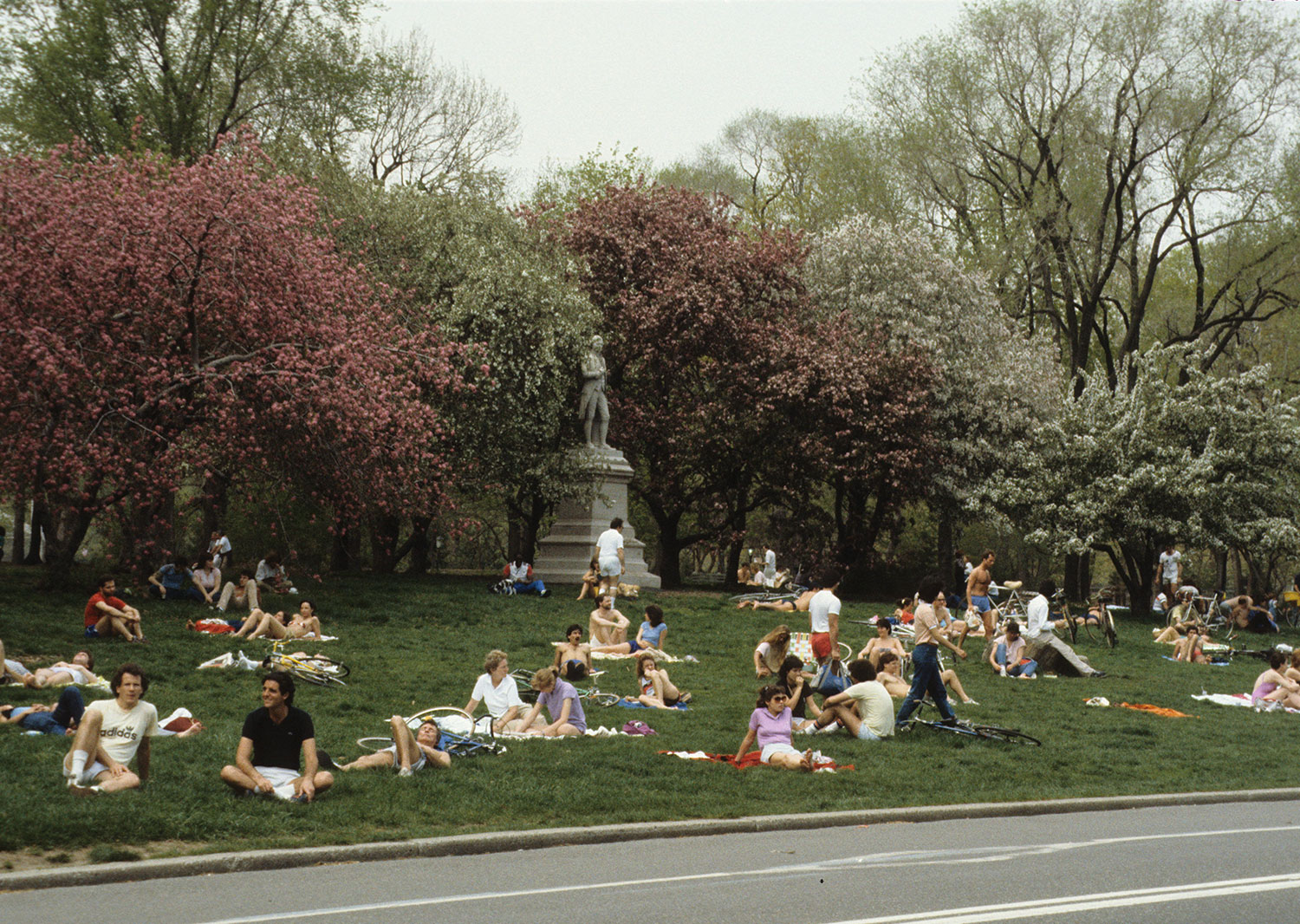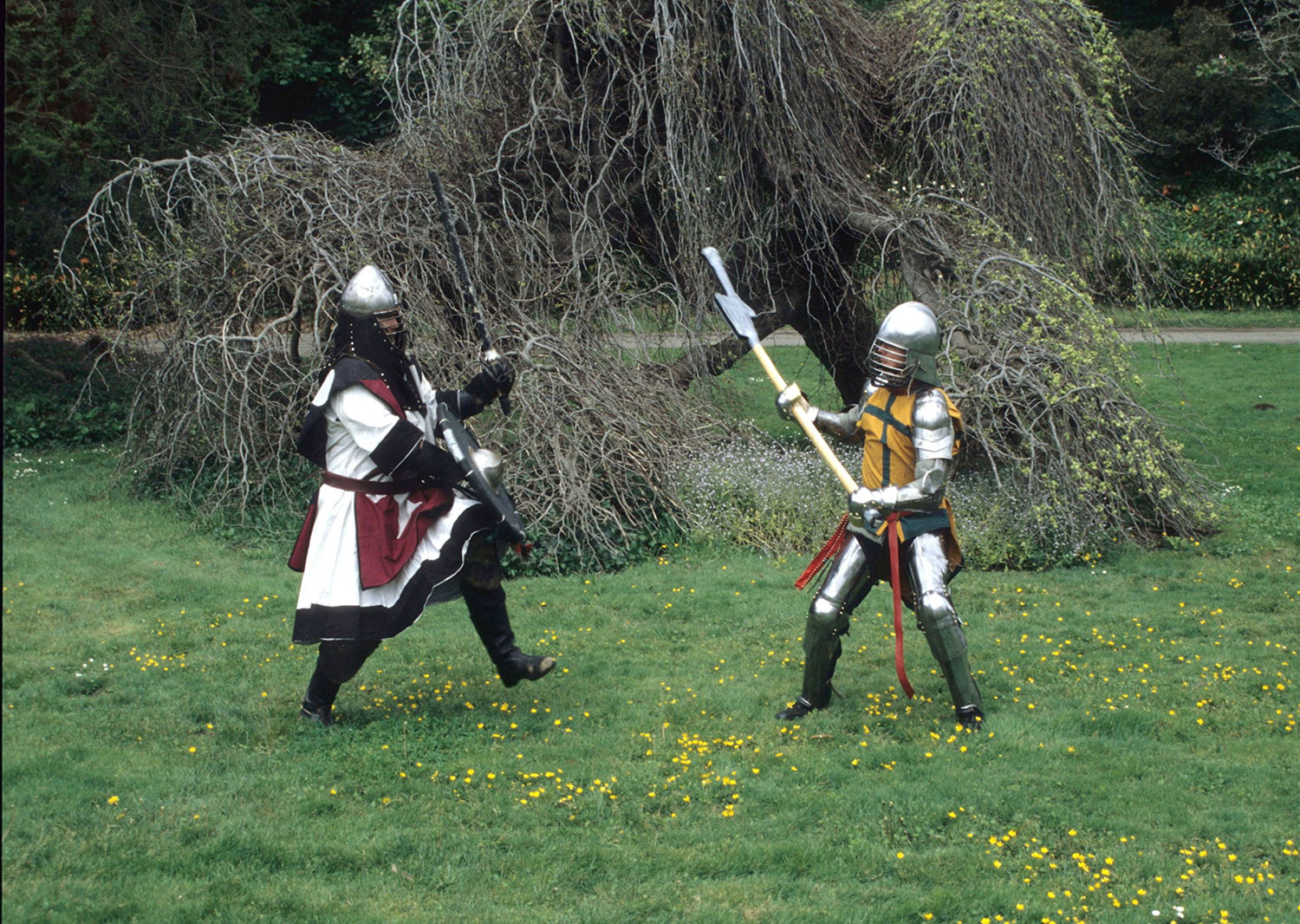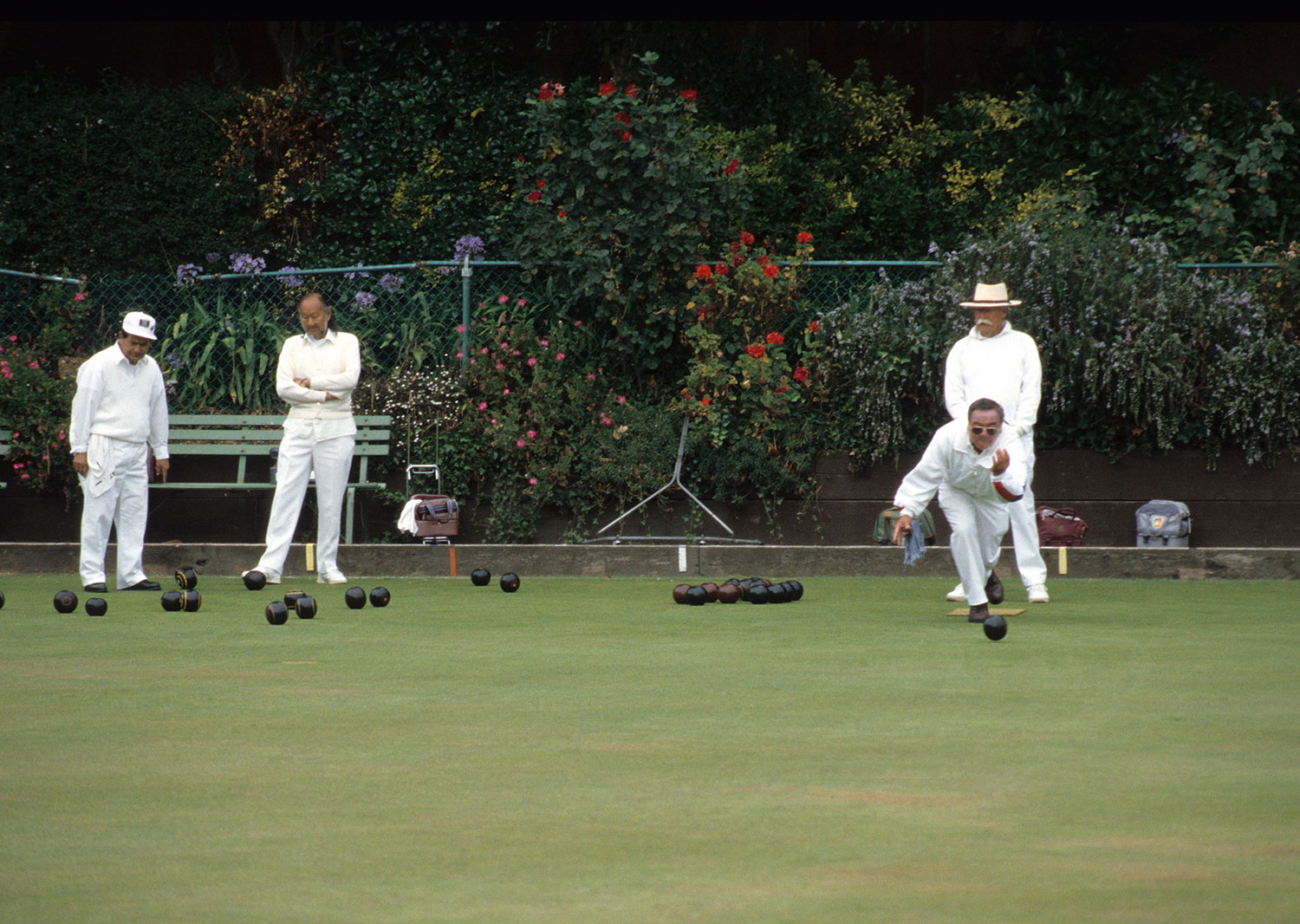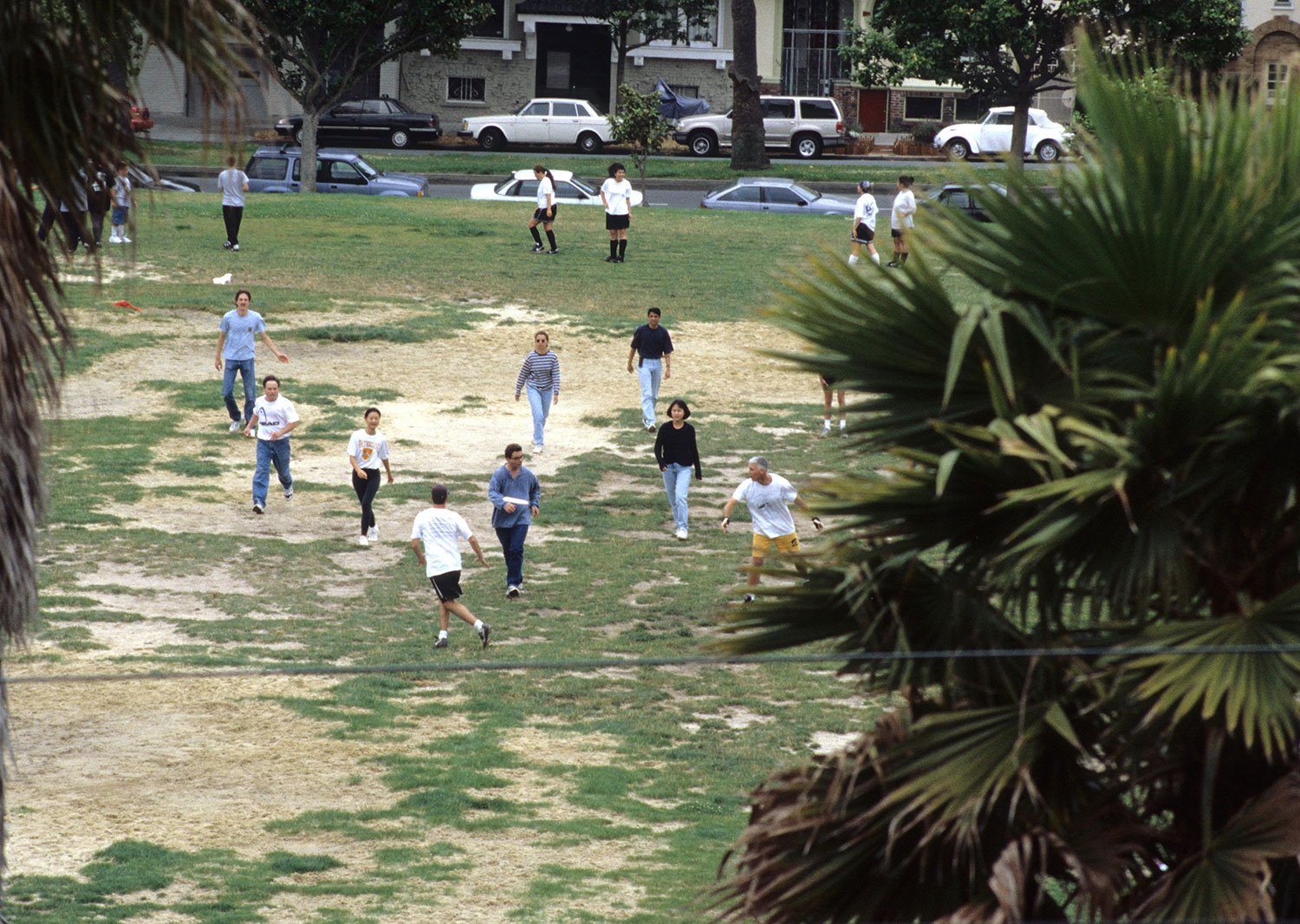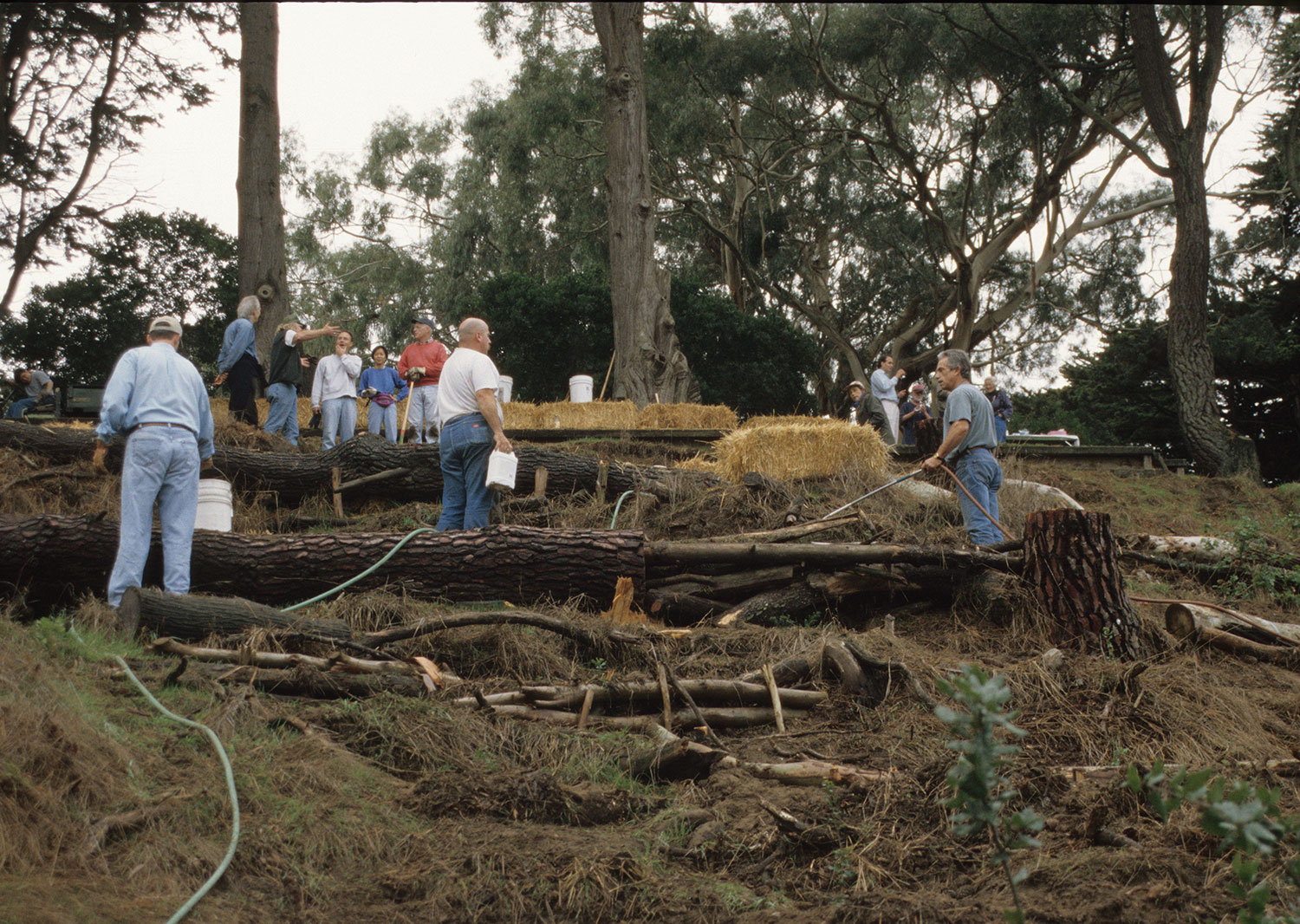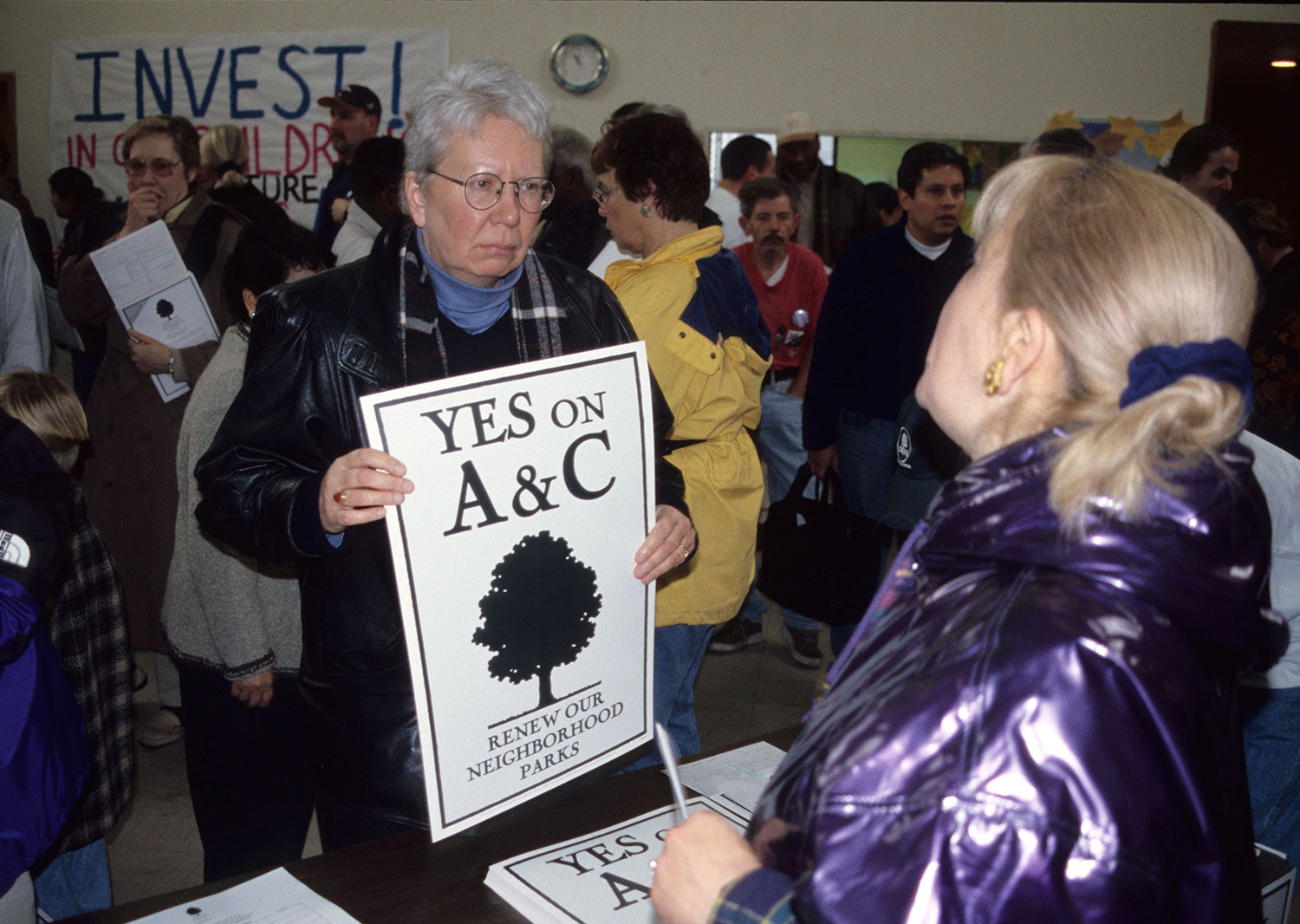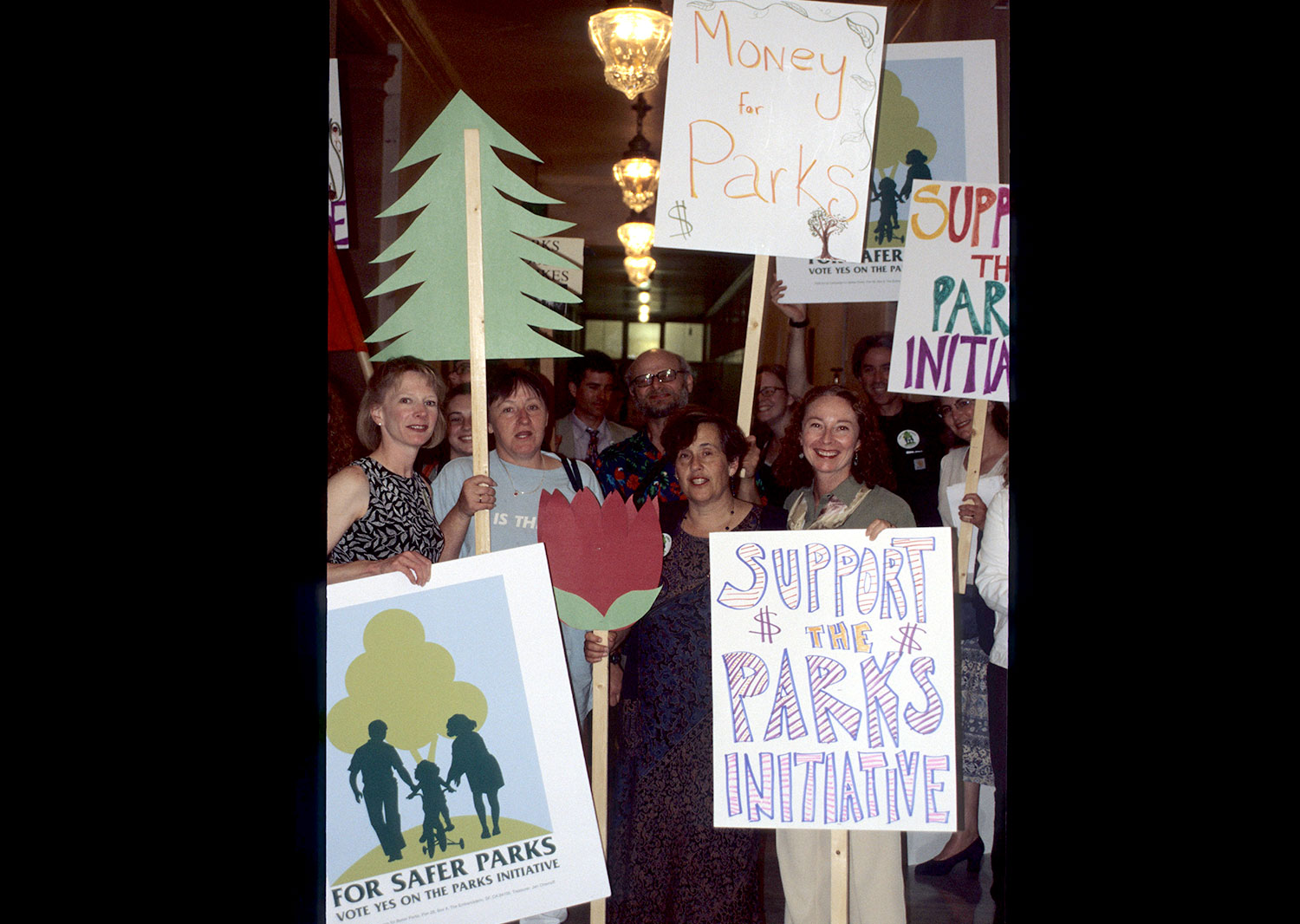Community Engagement: Creating Public Solutions
“Bringing community members together and enabling them to improve their neighborhoods and play a greater role in public policy and planning has been very gratifying.”
All of Tom’s initiatives have community engagement at their core. Informed and involved citizens are a powerful force and their participation results in projects that are more relevant to their physical and social environments. When the public is invited to help design, build and program a project they are more likely to protect their investment thru volunteerism, advocacy, and public vigilance. Although community engagement can often be seen as as an irritant by public decision makers, they’re active participation is an irritant that eventually creates the pearl.
South Bronx Open Space Task Force 1978-1981
Click image to enlarge
In the late 1970’s the South Bronx was burning as a vicious cycle of disinvestment, abandonment, and arson destroyed viable housing stock and created a bleak urban landscape of vacant lots and burnt out buildings. Tom convinced three successful community organizations to join together in response to a request from the White House after President Jimmy Carter’s visit for a meaningful small-scale greening project.
They persuaded the US Department of Interior (DOI) to provide $1.25 million to support the creation of 13 community gardens and a new land reclamation effort in Hunts Point, Morrisania, West Farms and several South Bronx neighborhoods. It was the first use of the Land and Water Conservation Fund for community greening in the inner city. When the City refused to provide the required 20% local match, the South Bronx Open Space Task Force convinced DOI to accept recycled building materials ranging from bricks and floor beams to wrought iron from fire escapes at market value, and valued community sweat equity at $5/hr to provide $250,000 to match federal funds.
Neighborhood Open Space Coalition 1981-1992
Click image to enlarge
With municipal support for parks drastically reduced in the early 1980’s, Tom organized traditional park and environmental advocates, sports leagues, bicyclists, birders and hikers throughout the City into a 110-member coalition to focus on issues that effect all the City’s nonprofits. Through research, advocacy and planning the Coalition worked with its member organizations, corporations, philanthropists, government agencies and the media to enhance and expand the City’s parks and open space resources.
The Coalition organized conferences and technical workshops, created a multi-year Summer Youth Program supported by Chase Manhattan Bank, published a Park and Garden Maintenance Manual under contract from NYC’s Department of Housing and Urban Development, initiated the first comprehensive three-year study of the City’s community gardens which identified 441gardens on 156-acres with 11,171 volunteers, established the nation’s first community garden insurance program, advocated for the creation of the Mayor’s Open Space Task Force and served on the executive committee, published position papers and planned major projects like the Brooklyn/Queens Greenway, fought the Westway project and successfully advocated for the creation of both the Brooklyn Bridge and Hudson River Parks.
Resources
San Francisco Park Renaissance Campaign 1999-2000
Click image to enlarge
From 1999 to 2001, at the request of Mayor Willie Brown and the San Francisco Foundation, Tom became the catalyst for a citywide campaign to increase financing and restructure San Francisco’s Recreation and Park Department. With a coalition led by the Neighborhood Parks Council, Coleman Advocates for Youth and Children, and SPUR, a citizen’s planning and advocacy effort resulted in the passage of Propositions A (neighborhood park bond) and C (charter amendment to extend a real estate transfer tax dedicated to the City’s Open Space Fund to 2031). The initiative generated $300 million in new funding for the Recreation and Park system, gave the Department control of its capital construction projects, required the Recreation and Park Commission to develop five-year strategic, capital and operational plans to improve efficiency and establish a Citizens Advisory Council.
Friends of Hudson River Park 1998-2011
Click image to enlarge
In 1998, Tom was a founding board member of the Friends of Hudson River Park, an advocacy group supporting adequate public funding for the Park’s completion and long-term care. Friends’ supported park programming and improvements and their litigation forced the removal of two NYC Department of Sanitation (DOS) garages after DOS failed to relocate the facilities as required by the Act. The successful suit resulted in the construction of two new Sanitation garages and an award-winning salt shed built across the highway from the Park and a $23 million settlement from DOS for new capital improvements.
Working with the Regional Plan Association and the Real Estate Board of New York, Friends analyzed the impact of the Park on inboard real estate values which confirmed Tom’s research, done during his 1988 Loeb Fellowship at Harvard, that parks increase adjacent real estate values. However, Friends attempt to form a Neighborhood Improvement District to capture a portion of that value for Park maintenance and operations wasn’t supported by the Bloomberg administration and failed in 2010. In 2011, Tom resigned from the board when the organization was reorganized from an advocacy to a fundraising group and rebranded Hudson River Park Friends.
Resources
